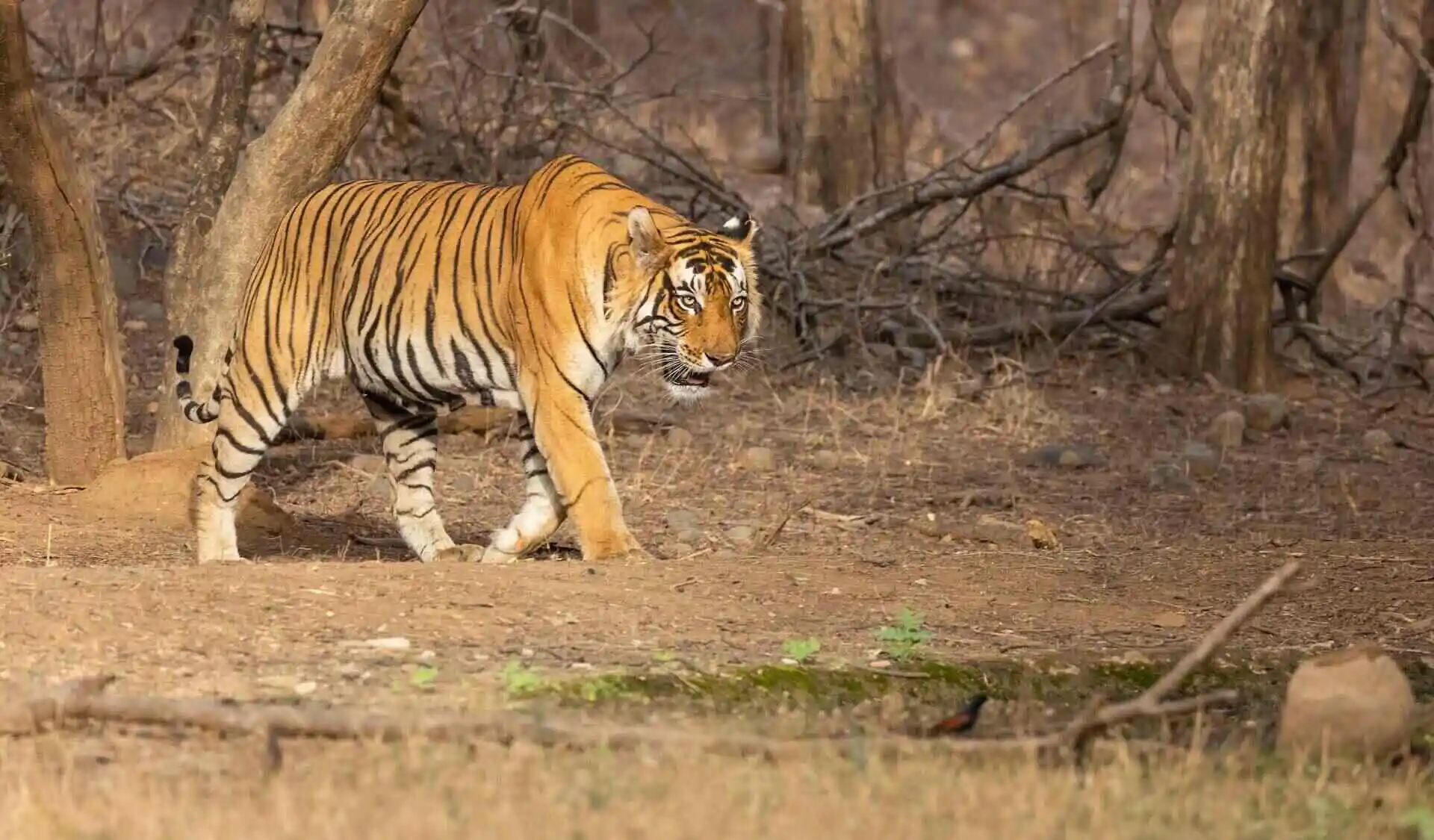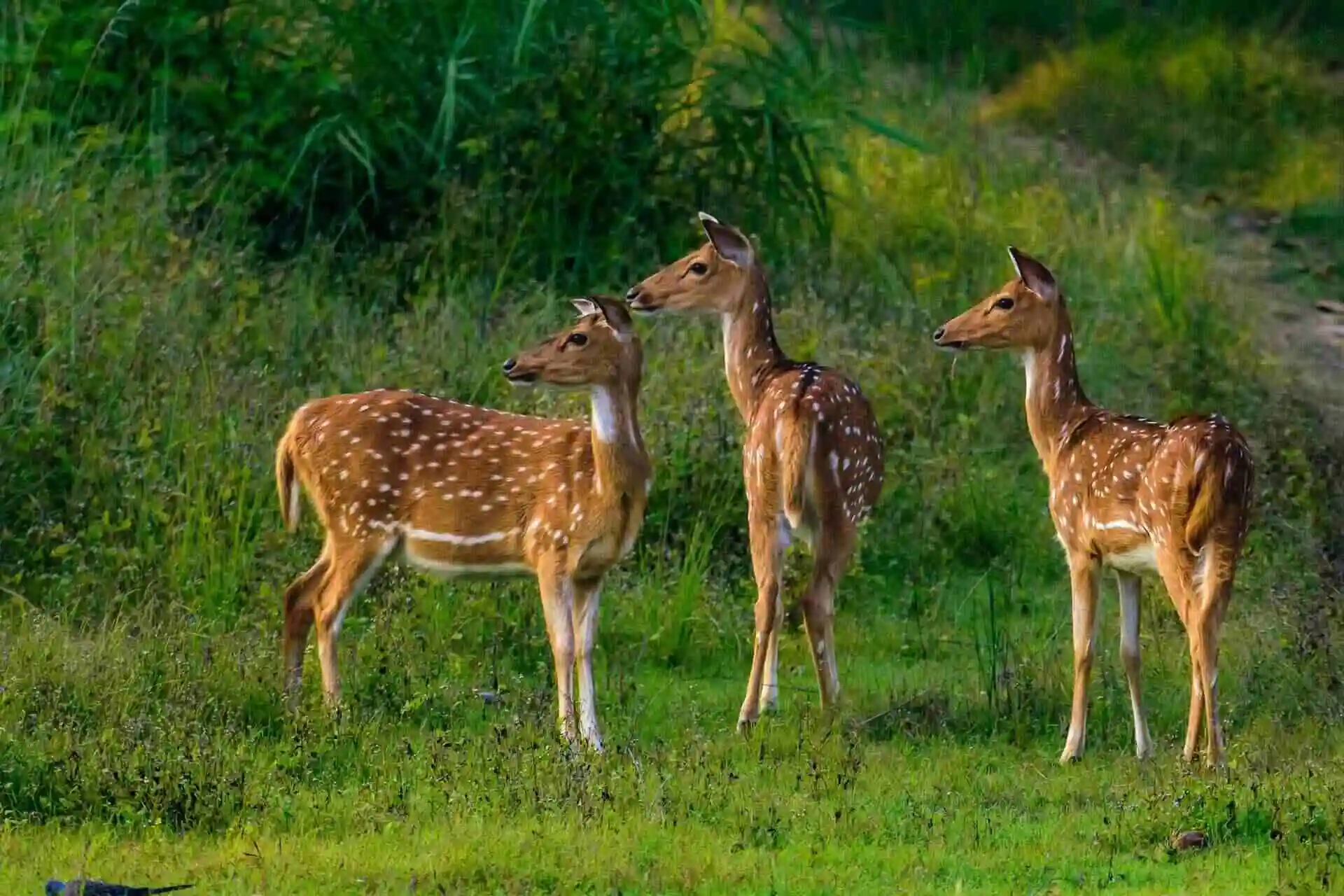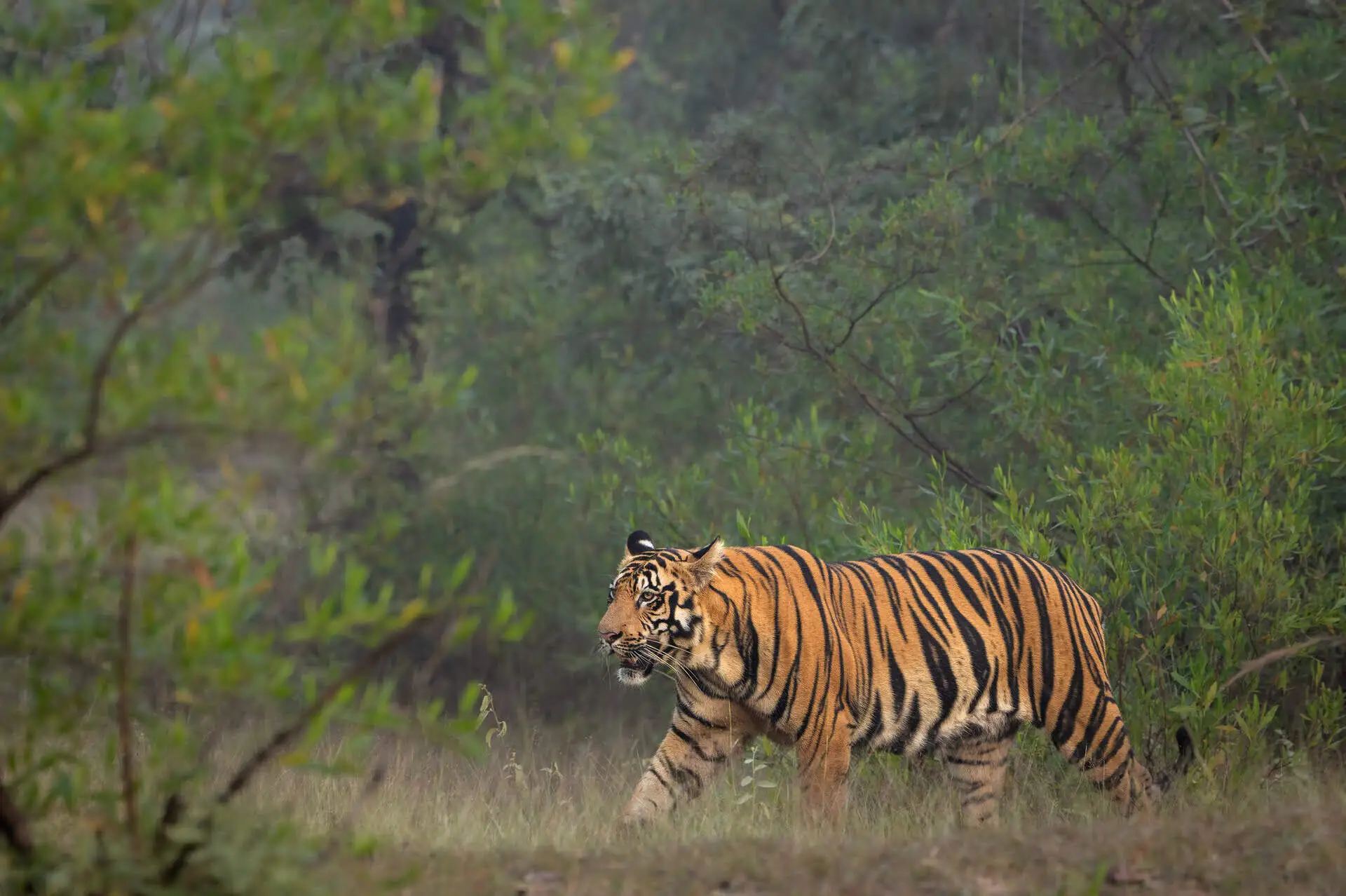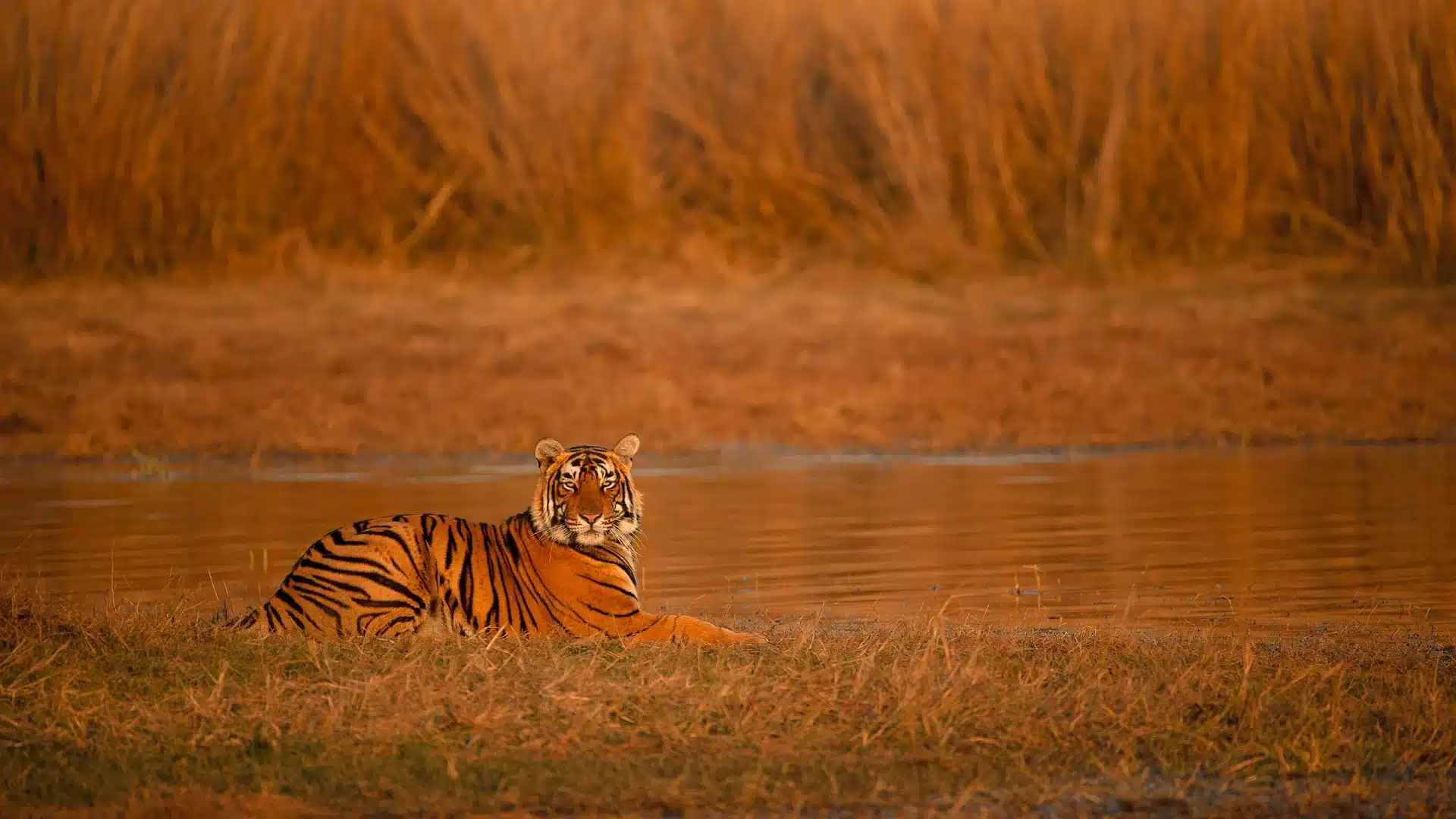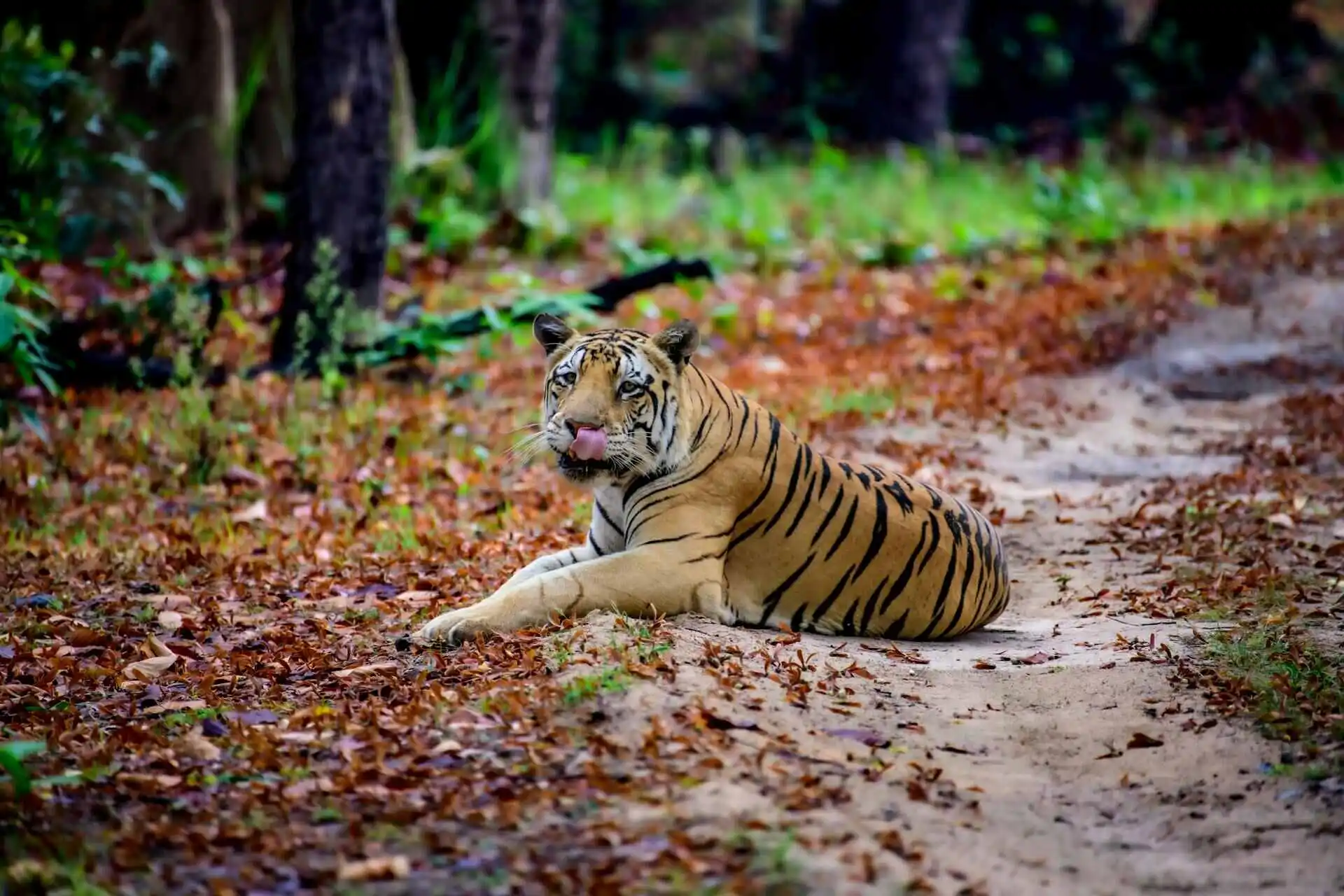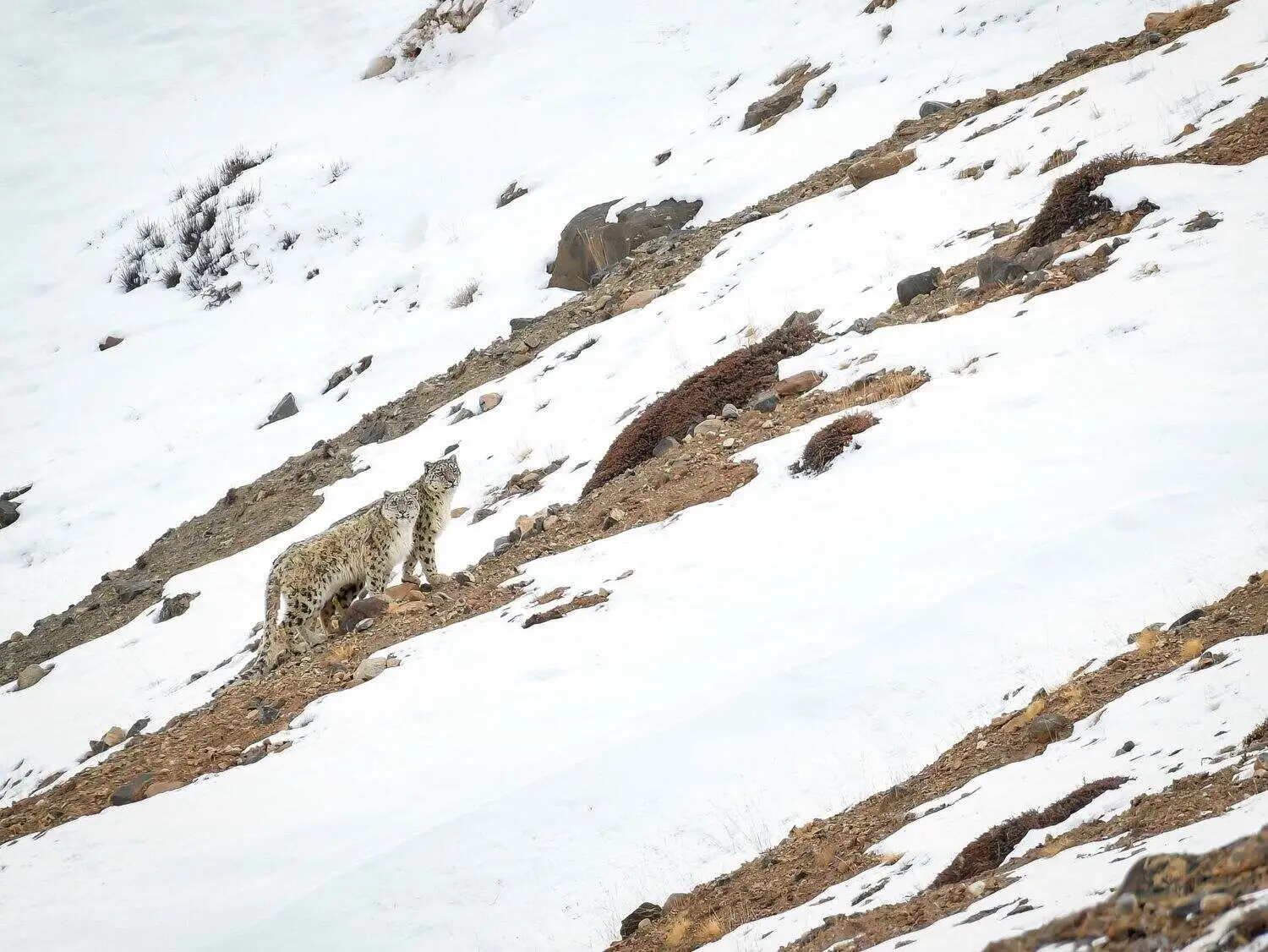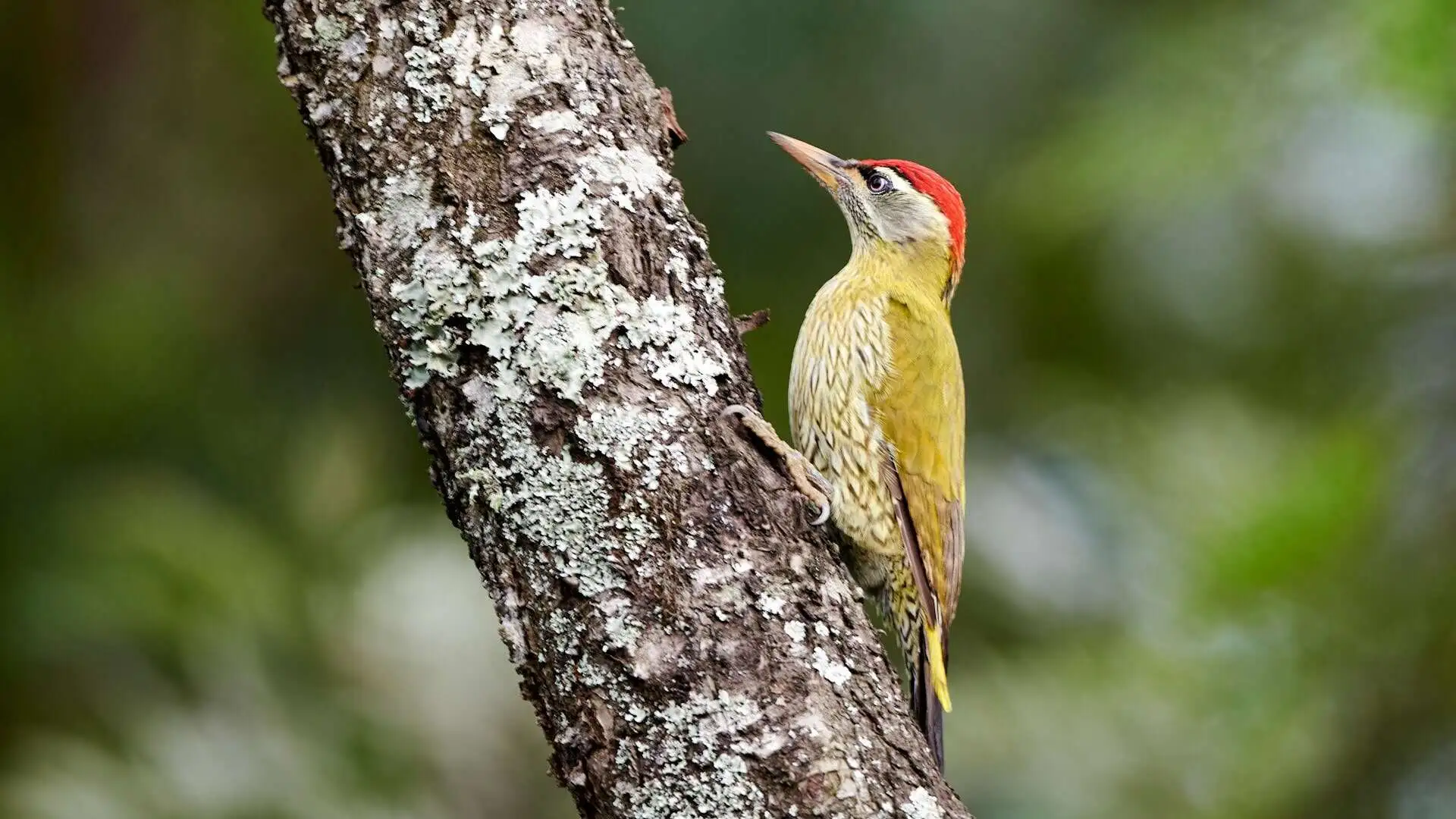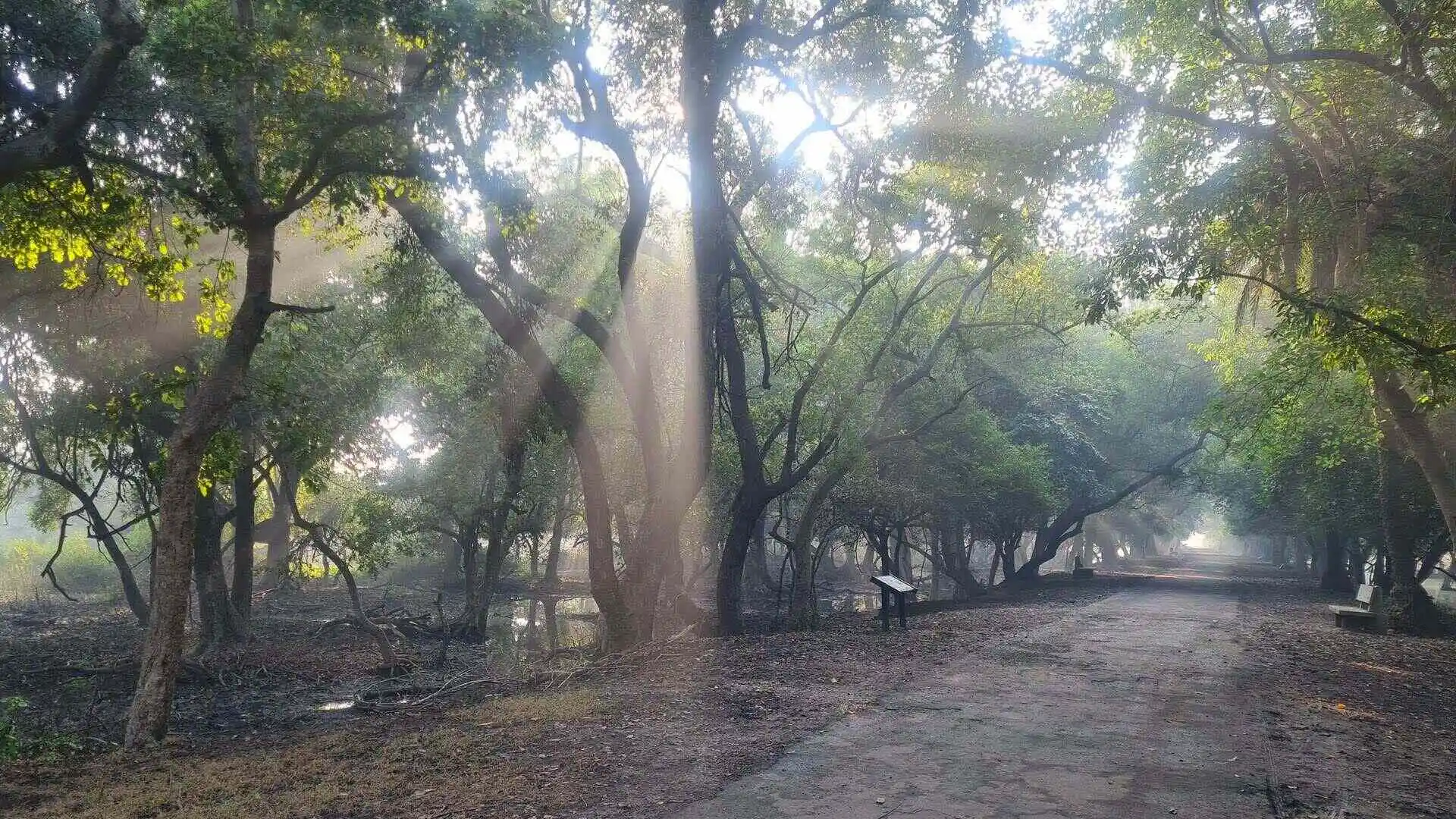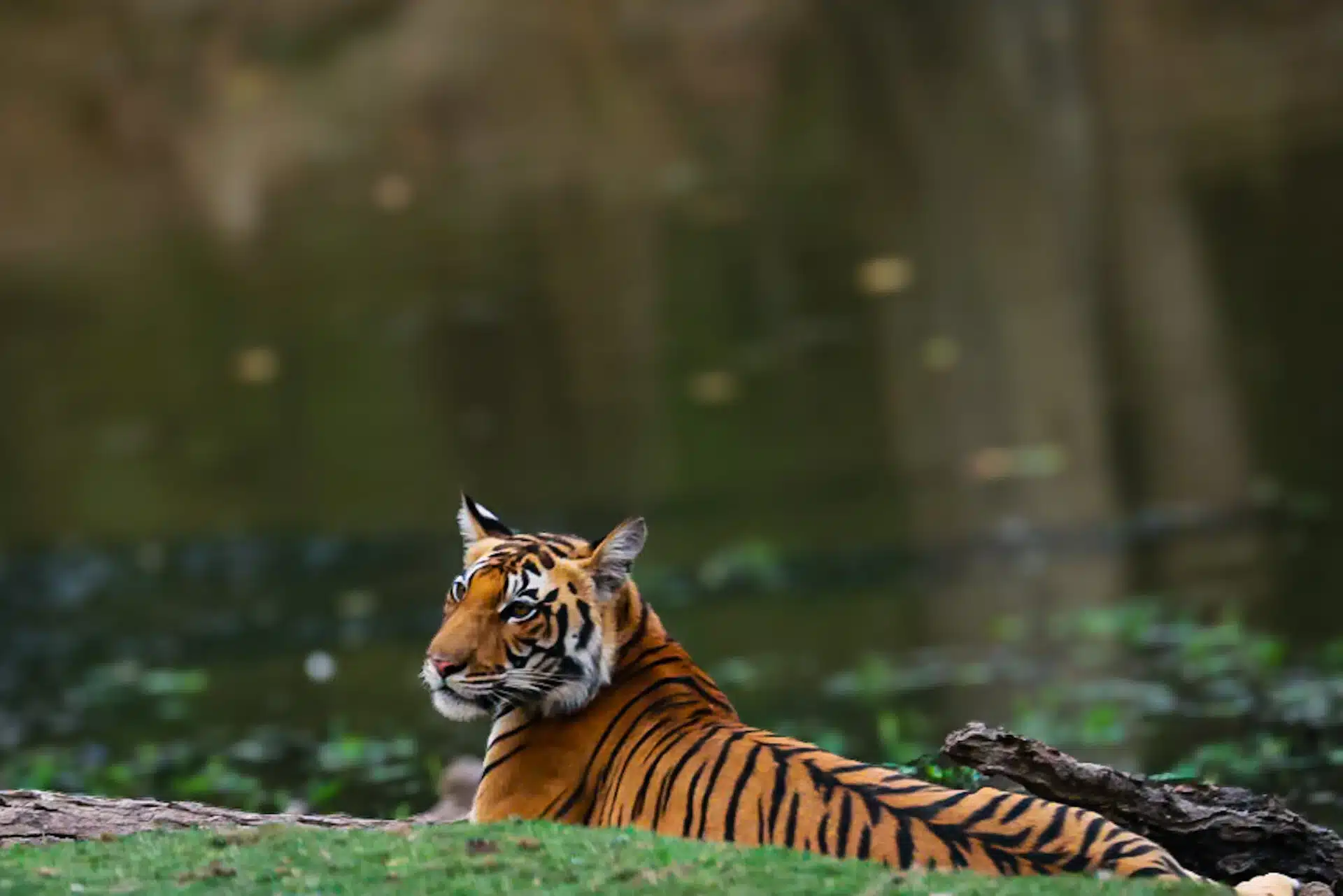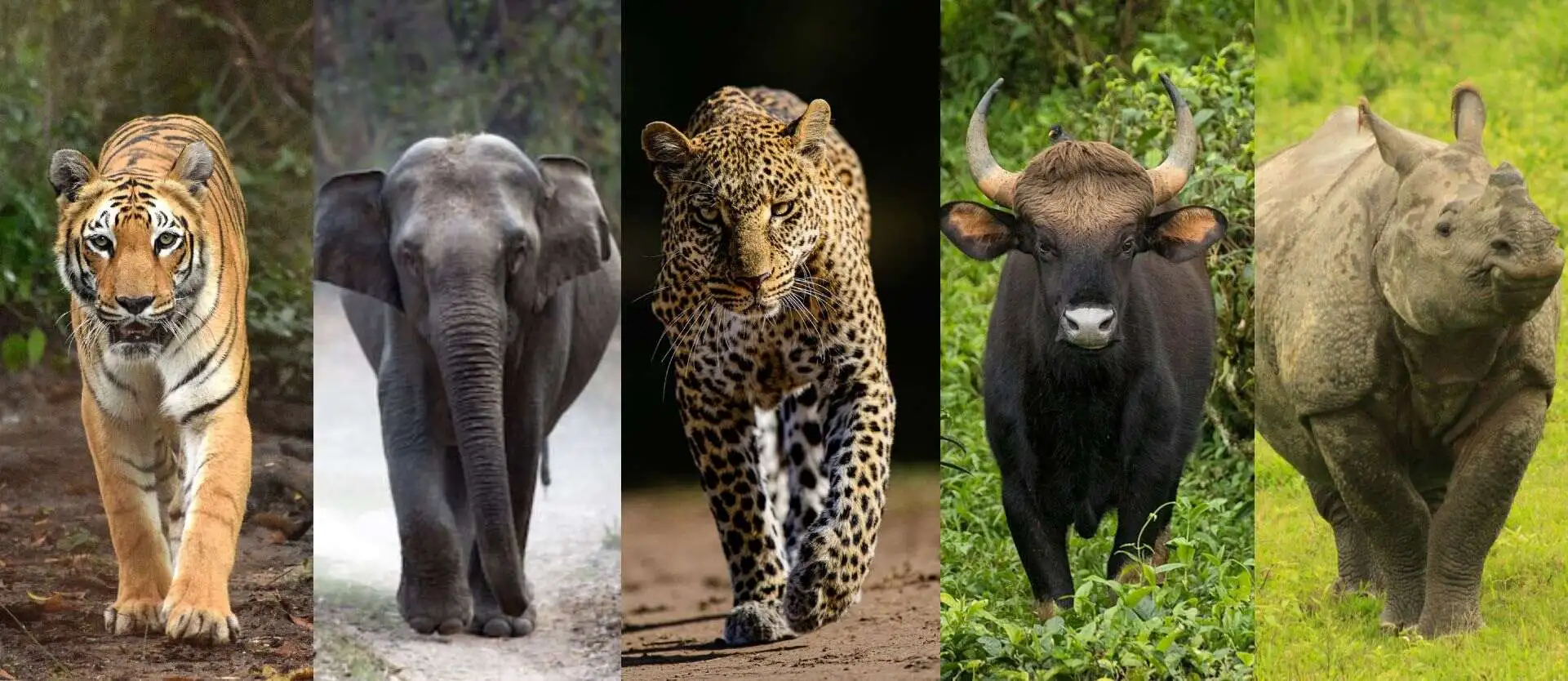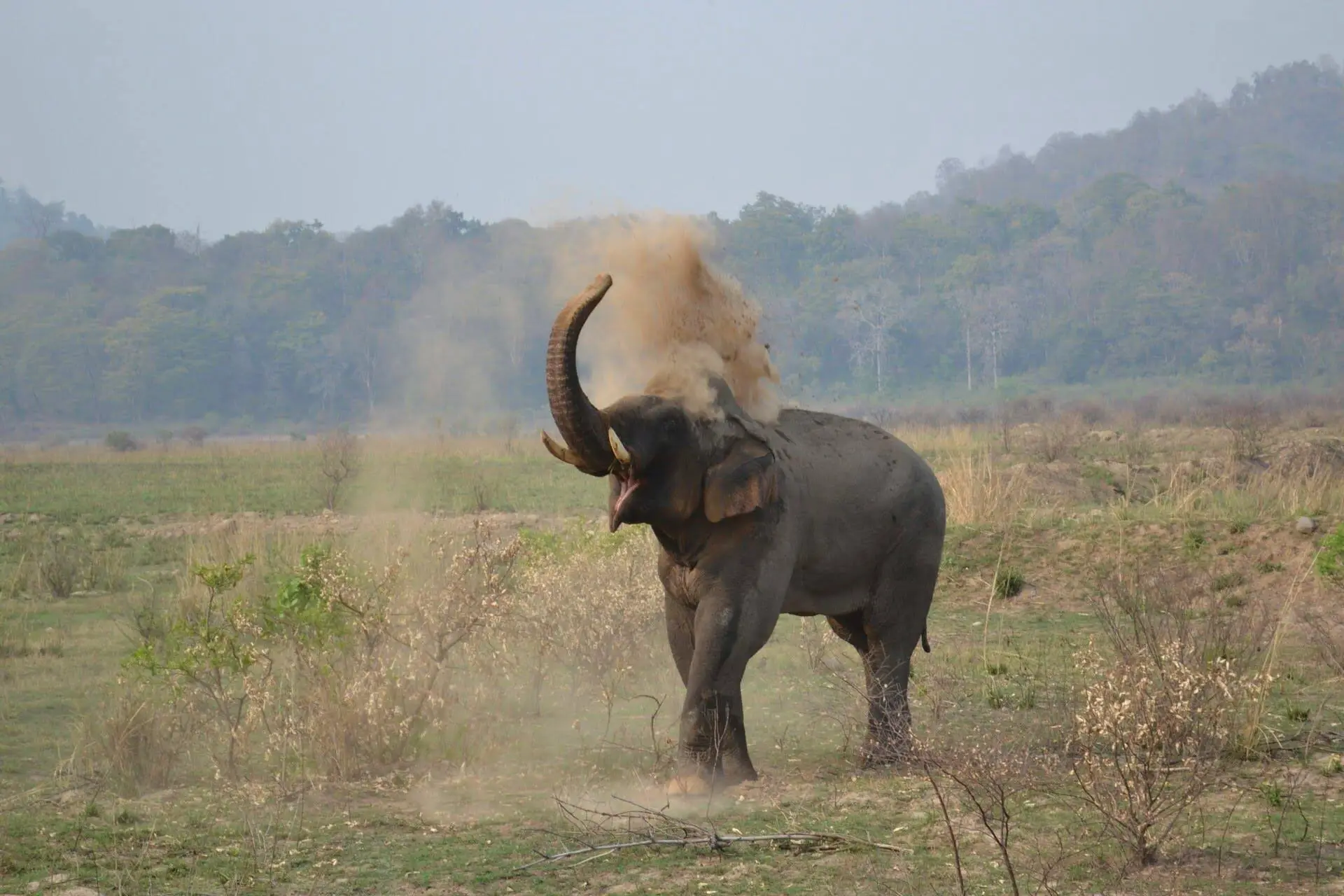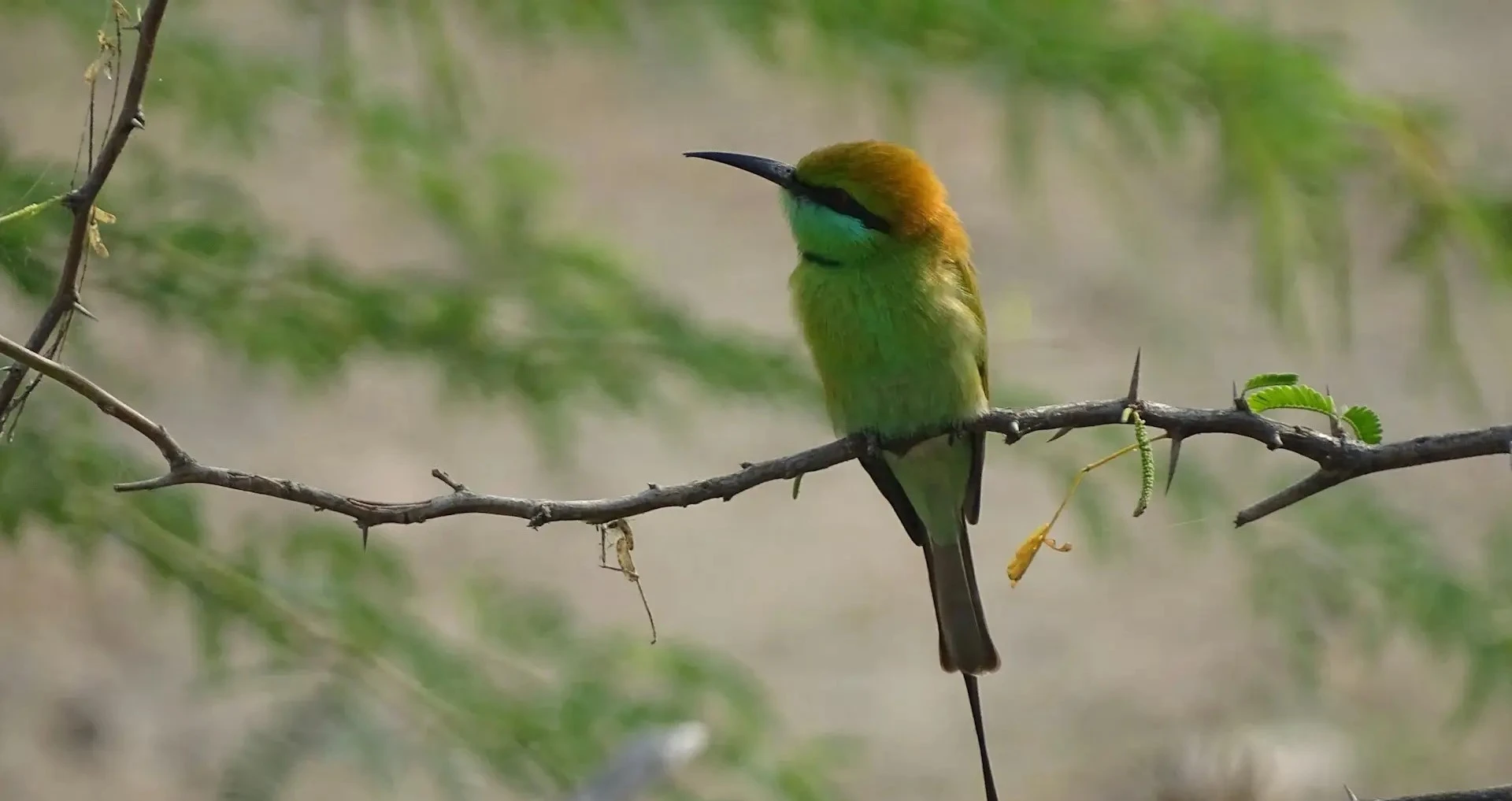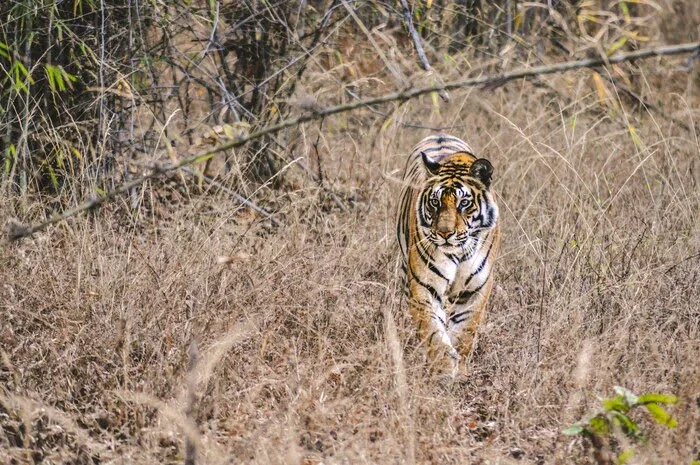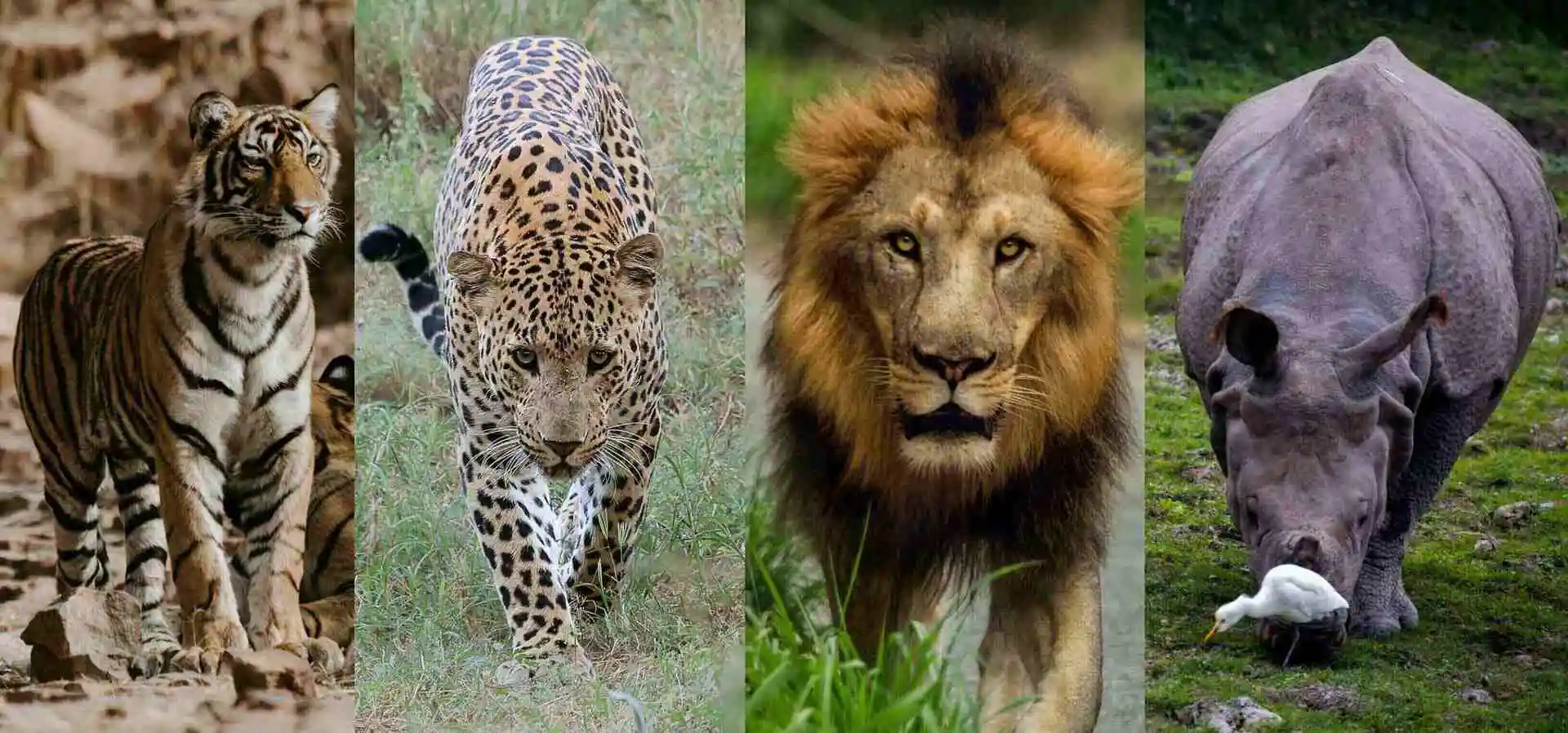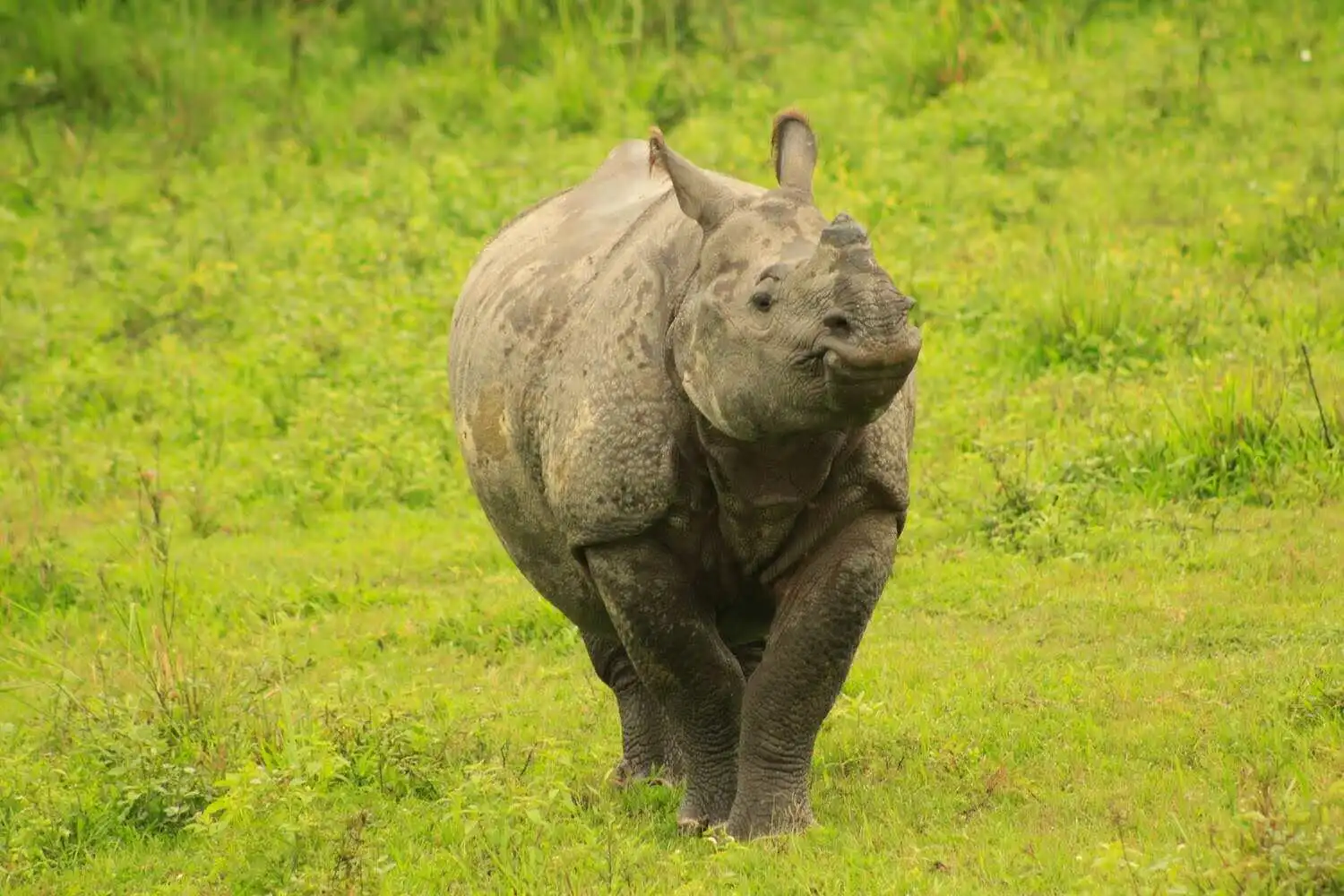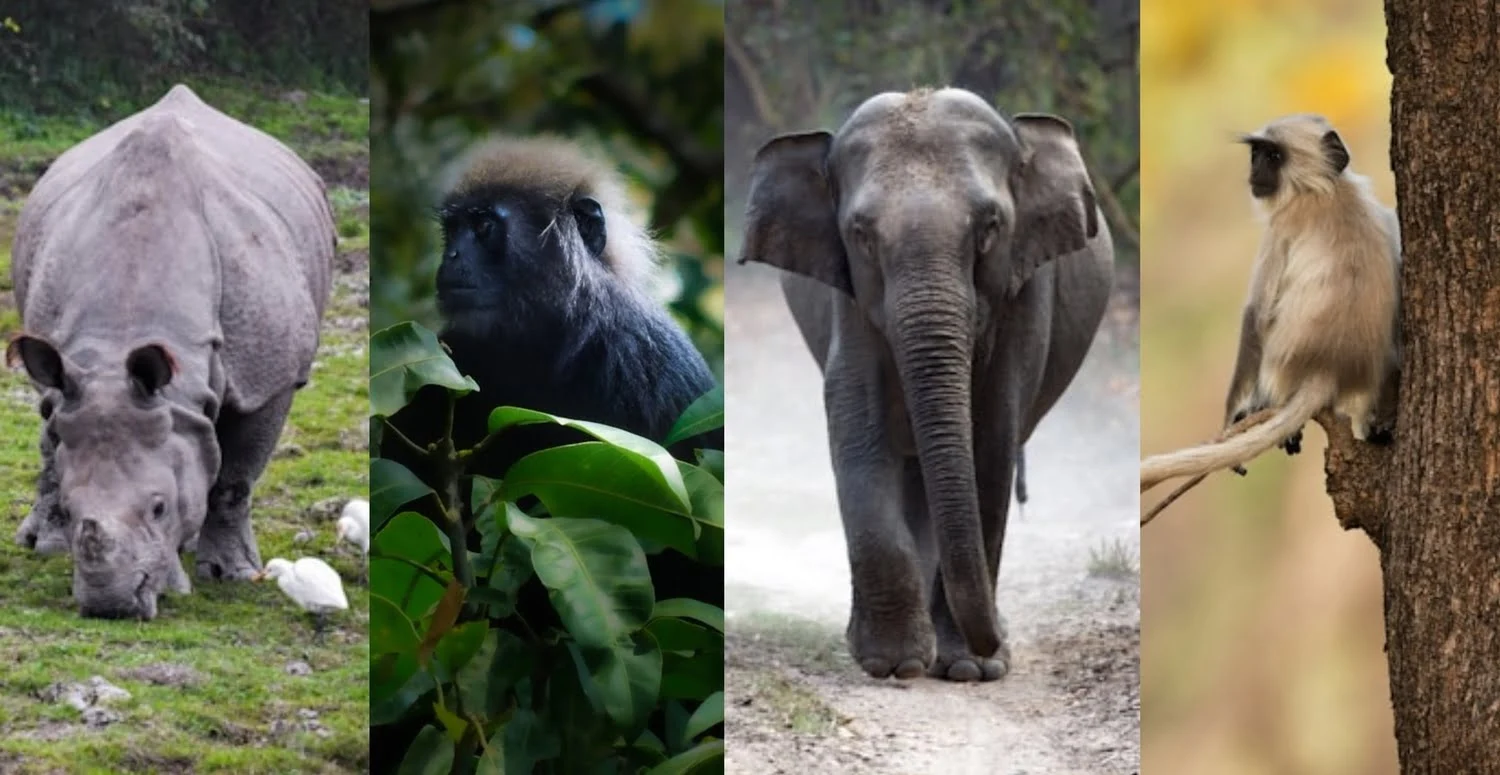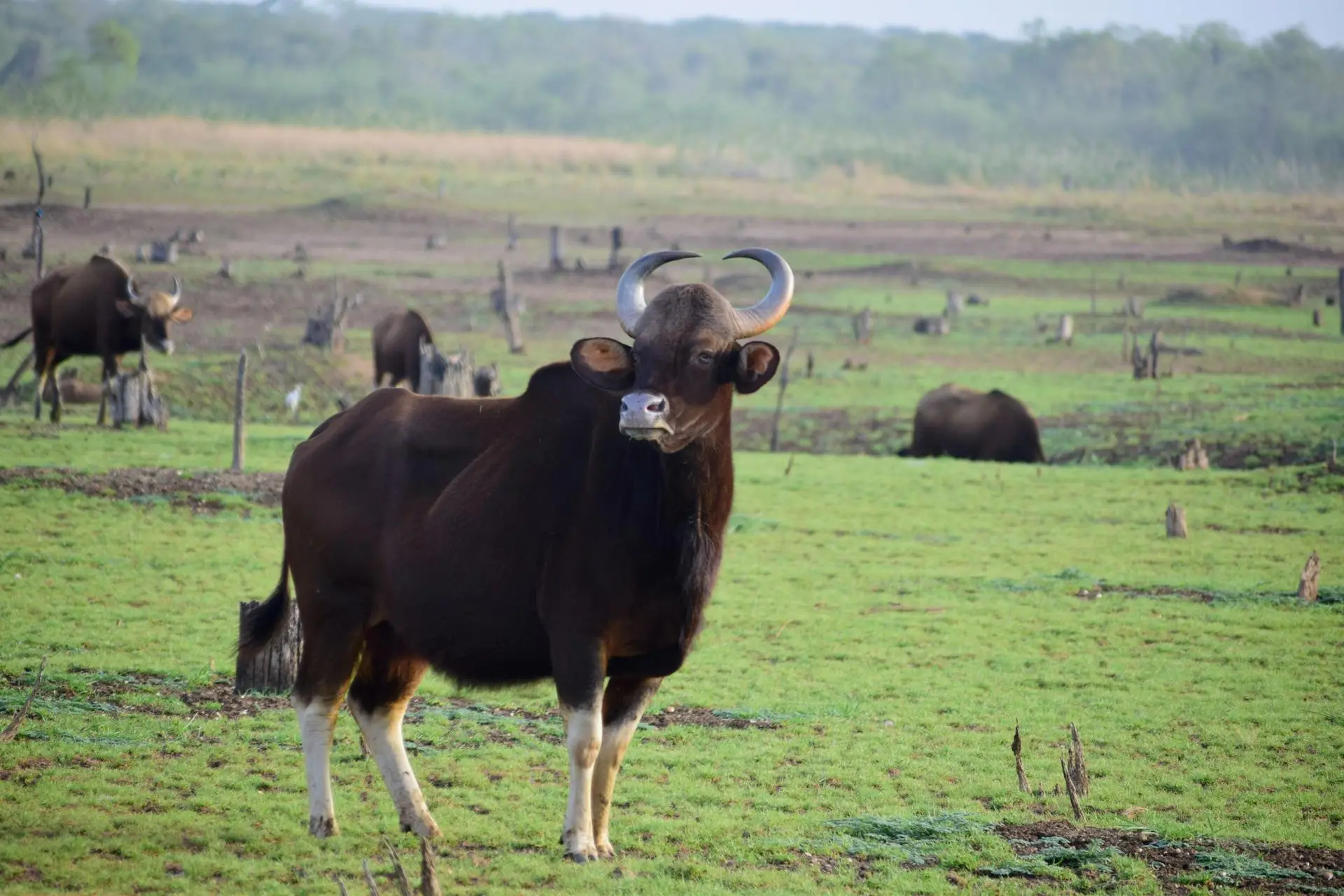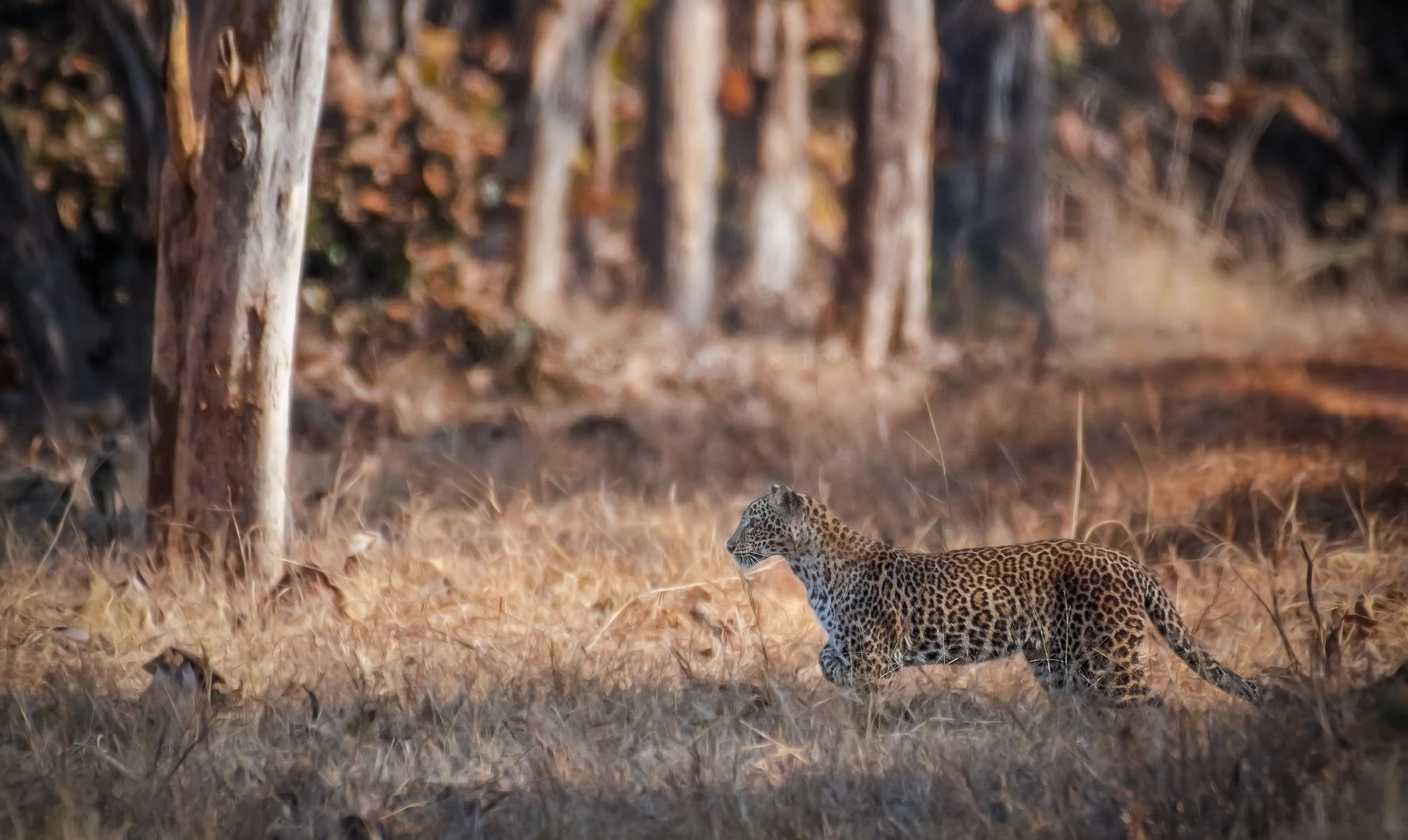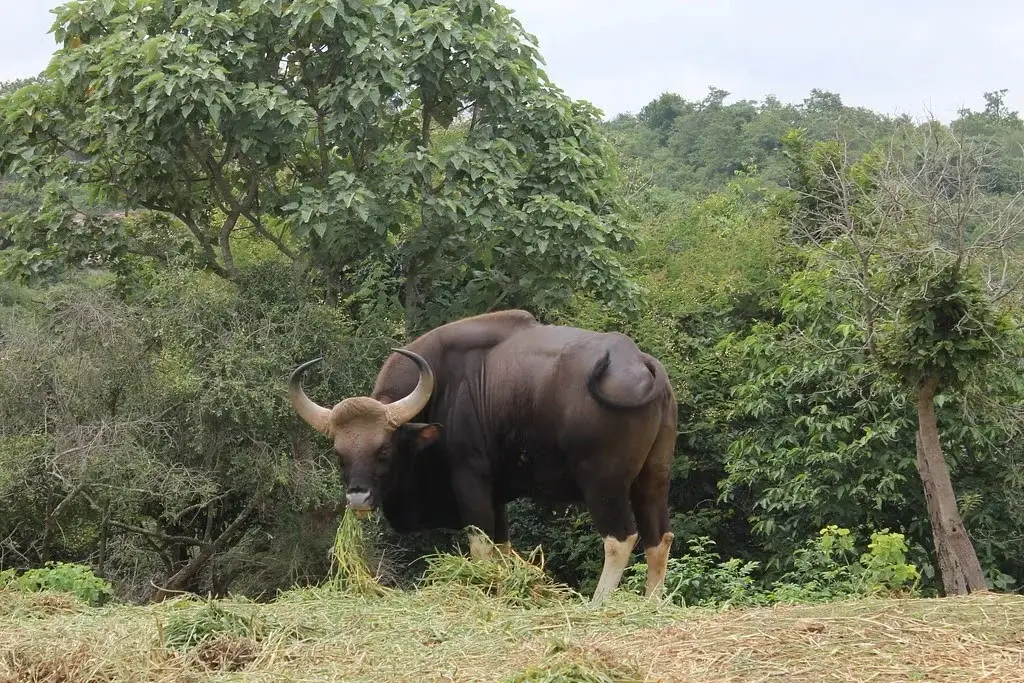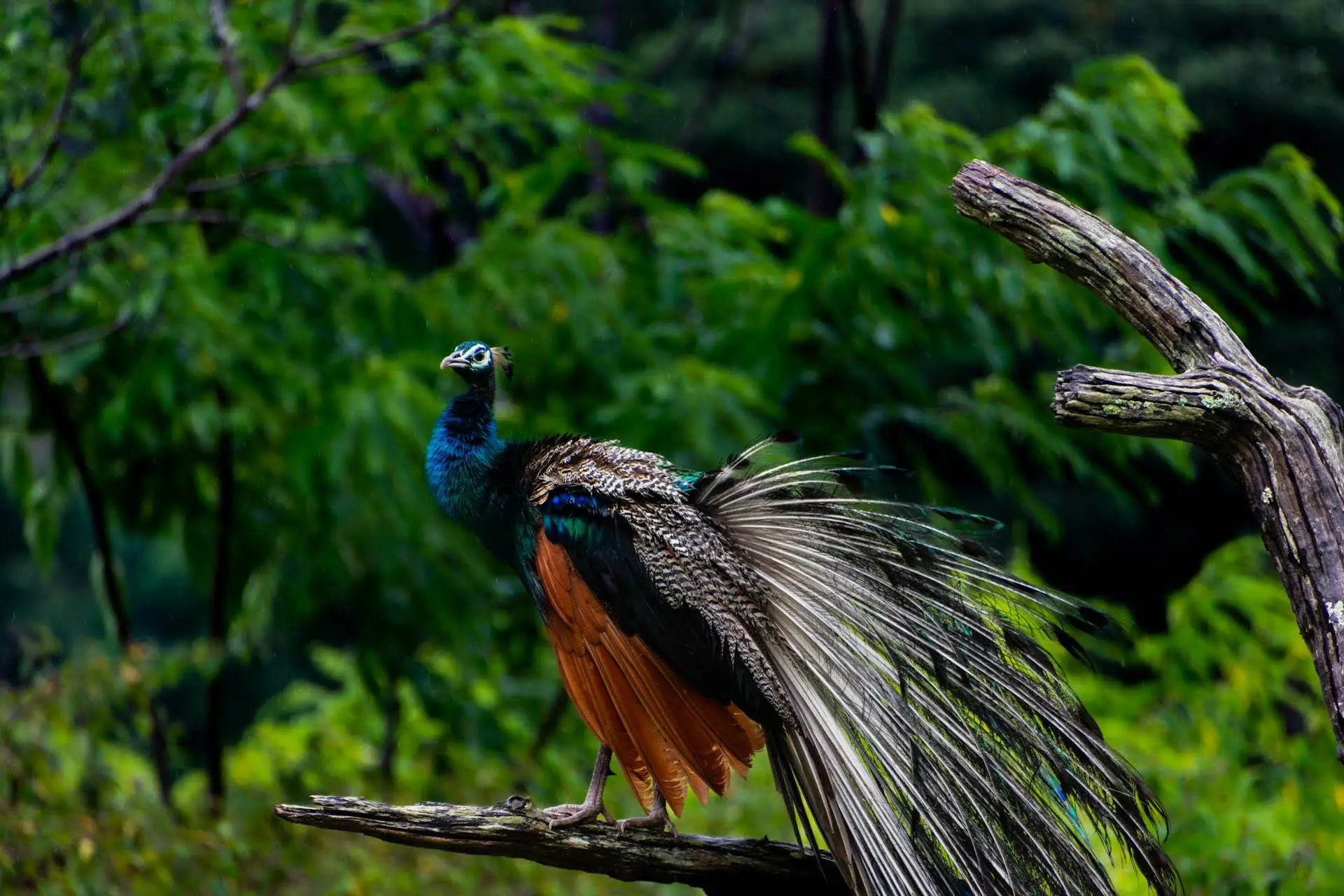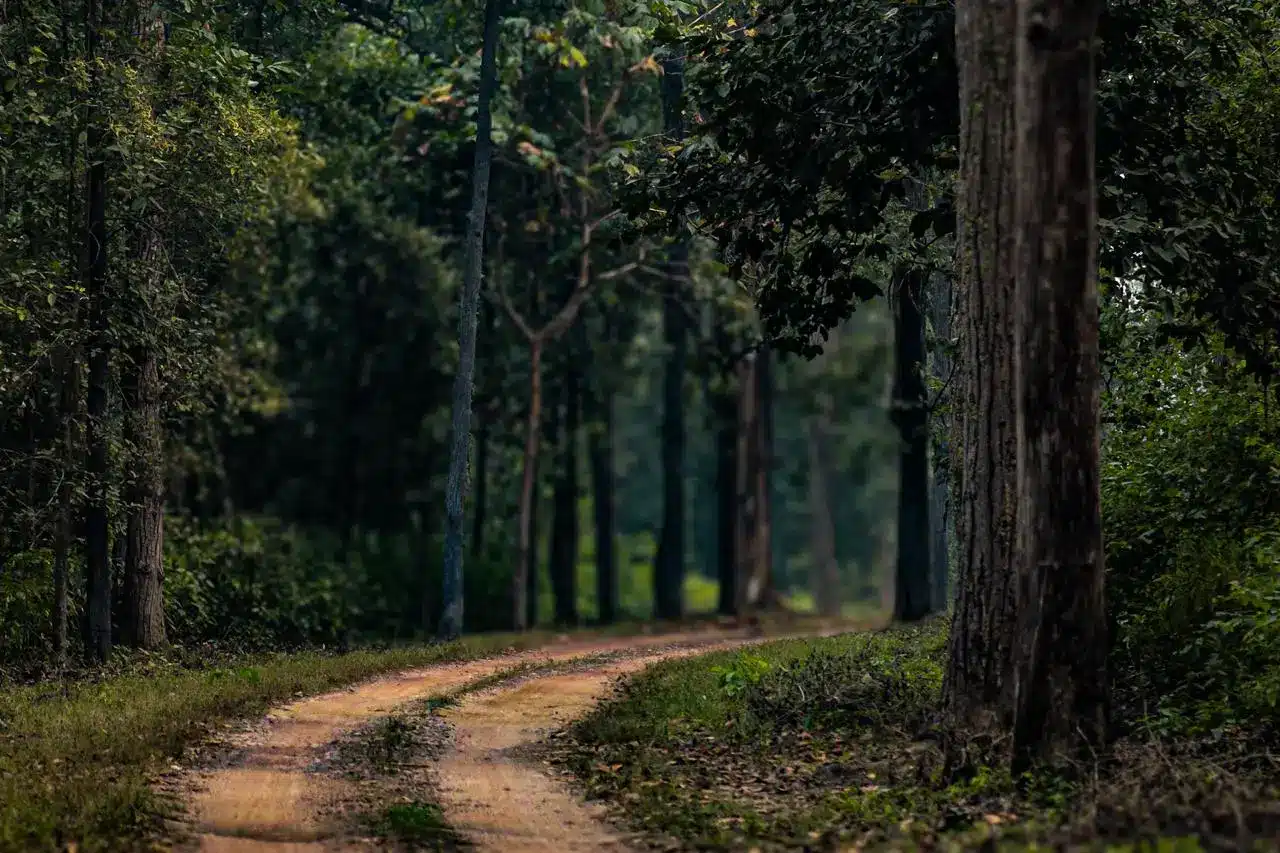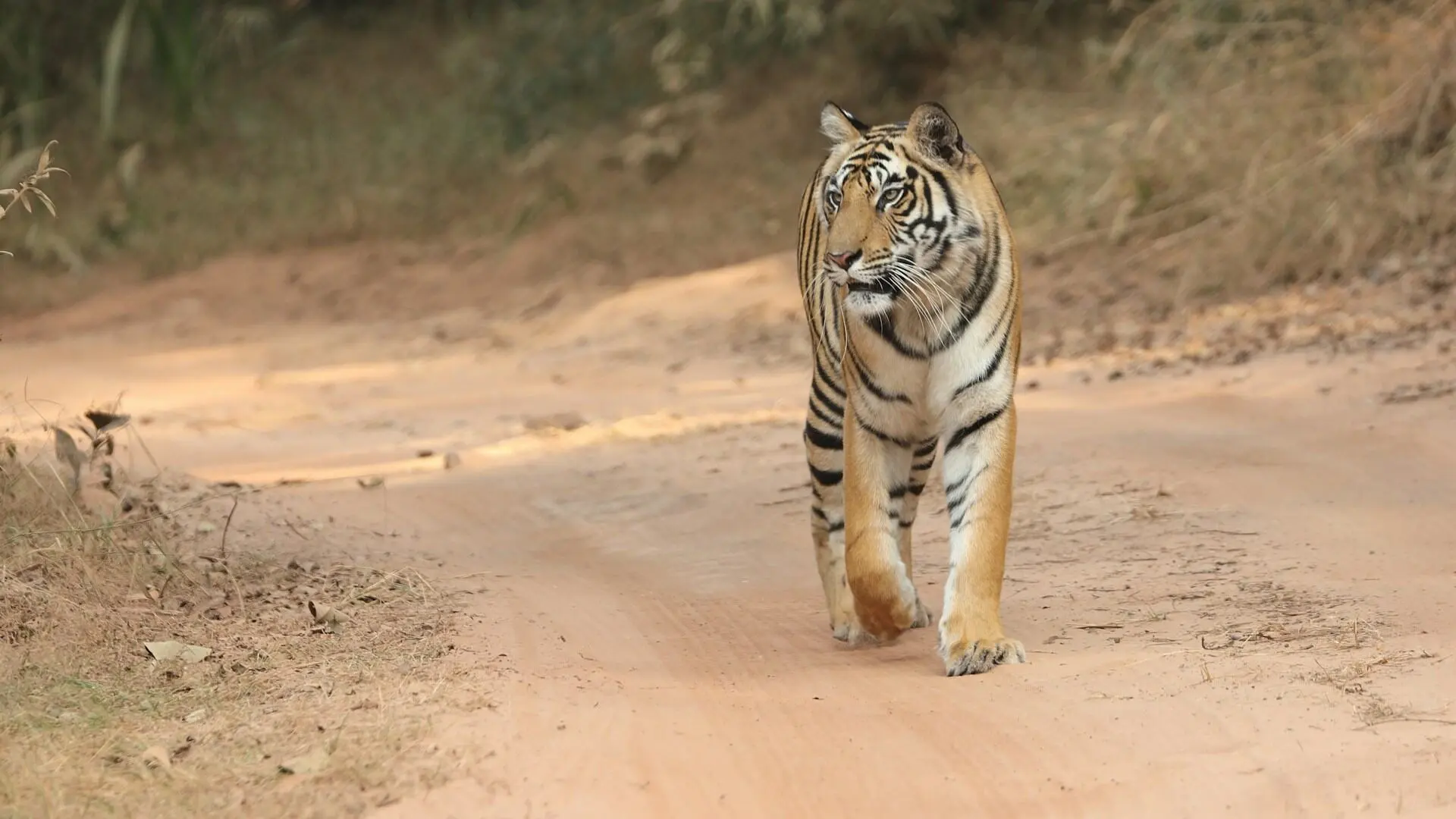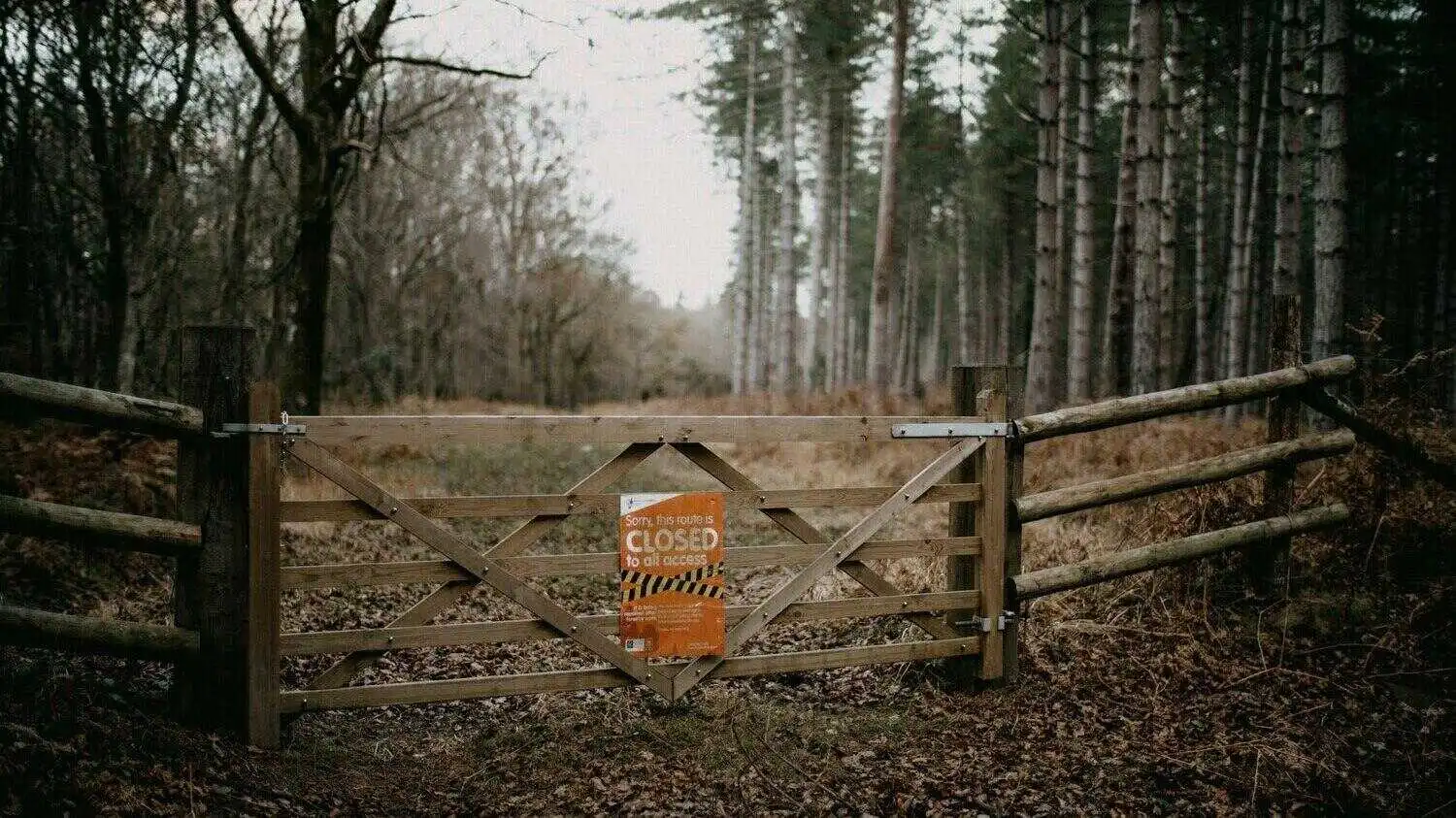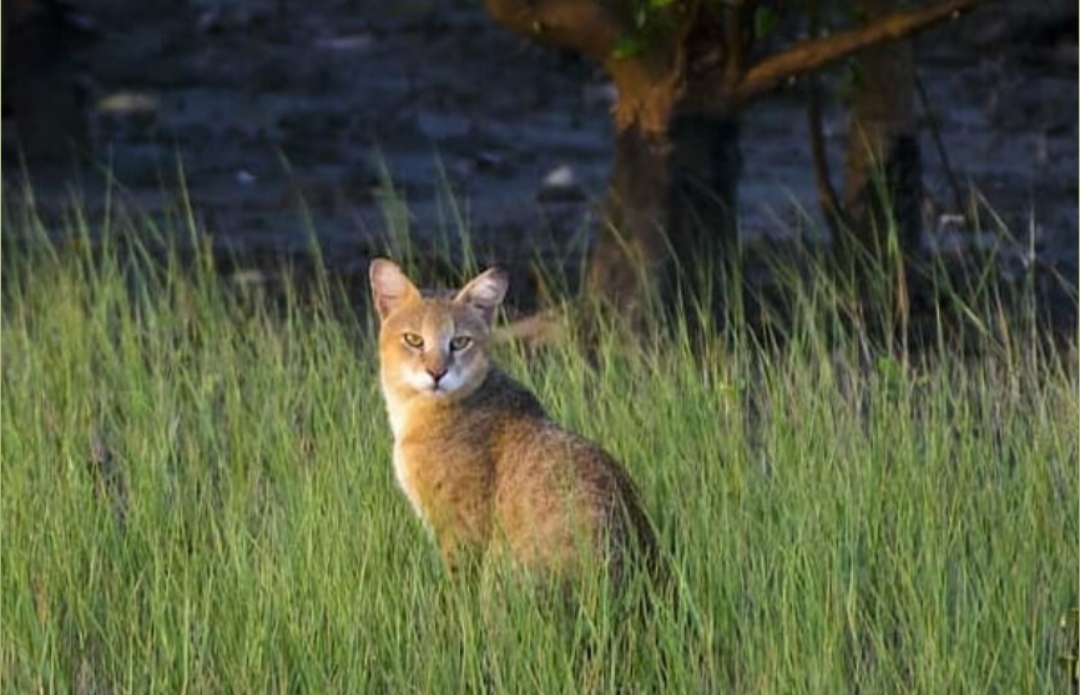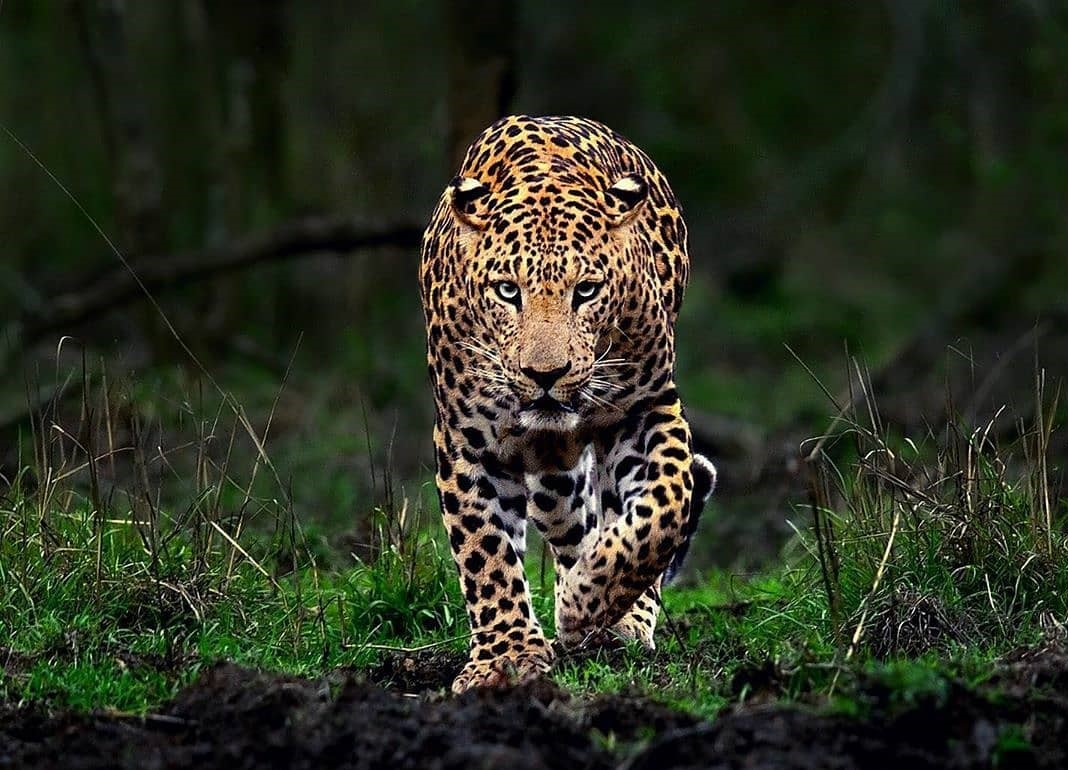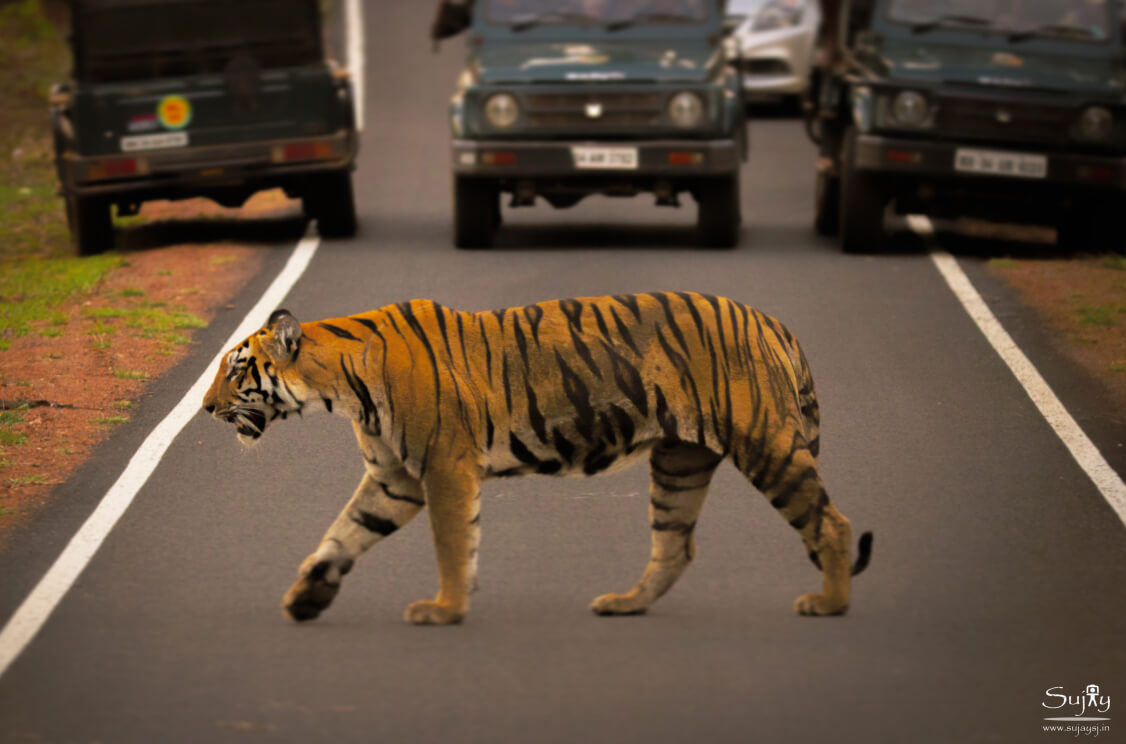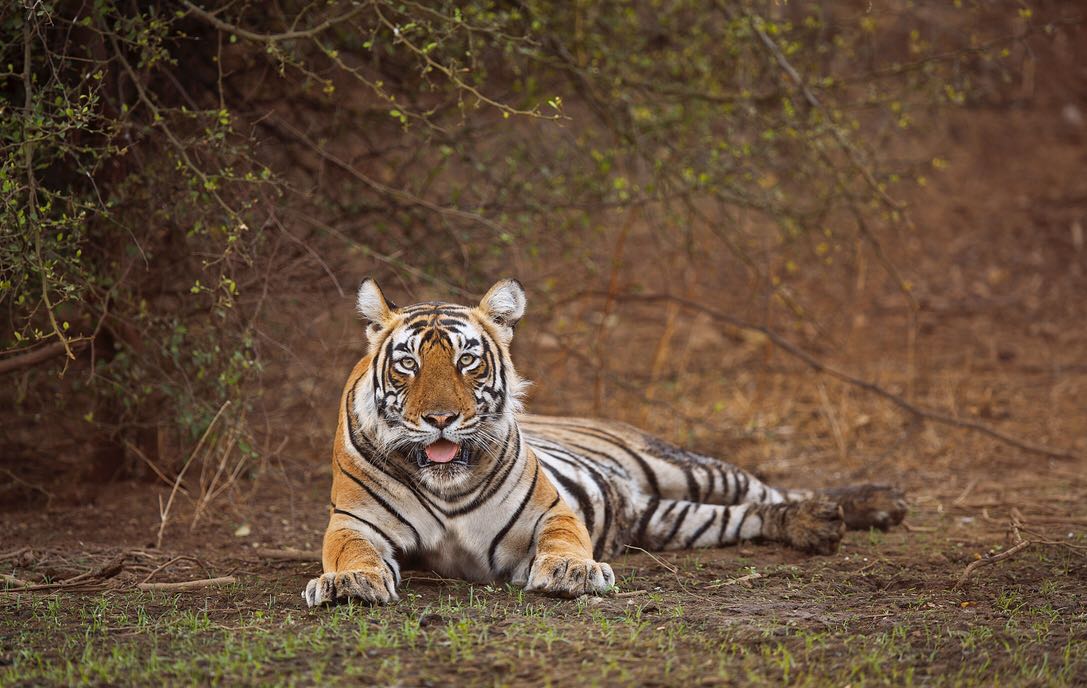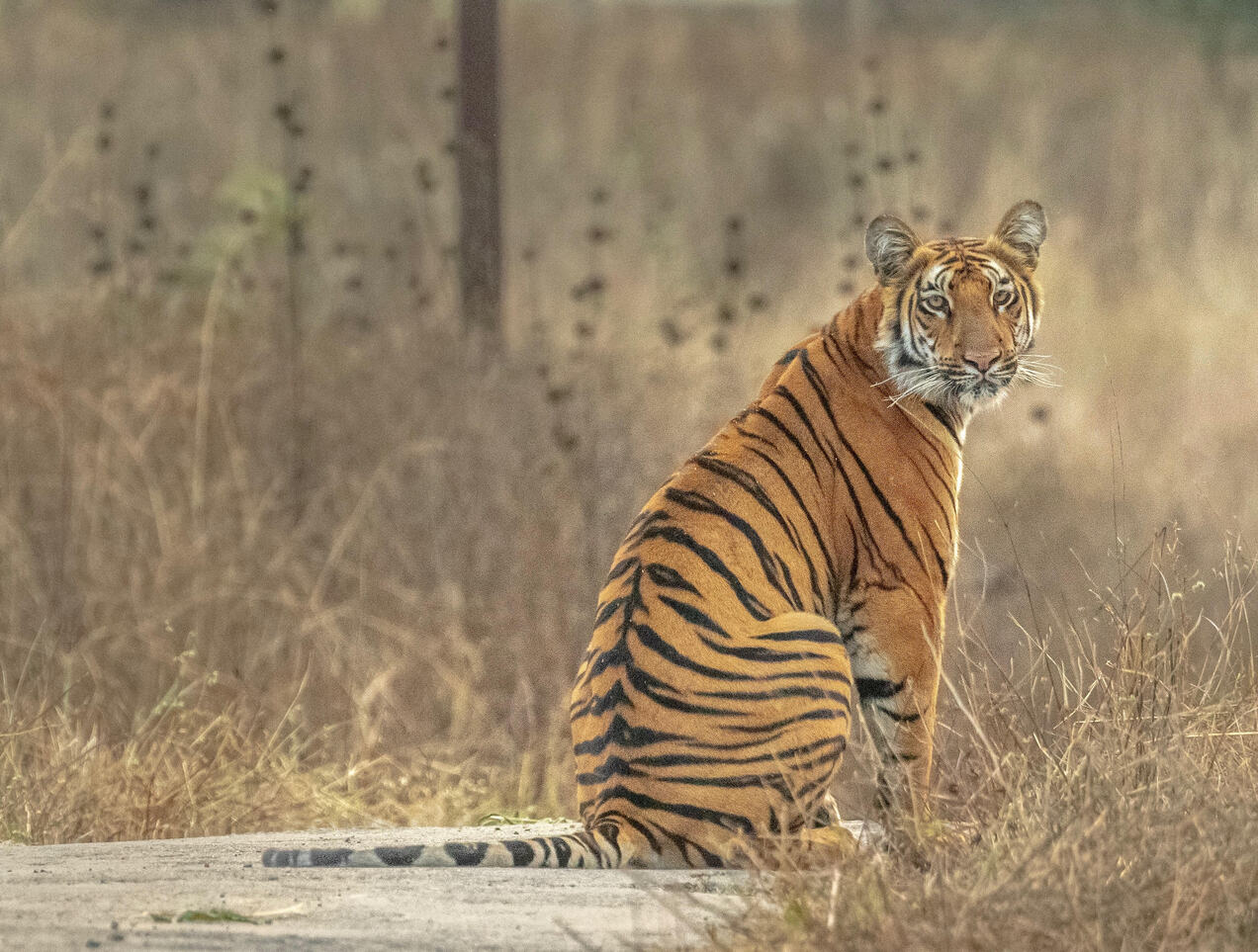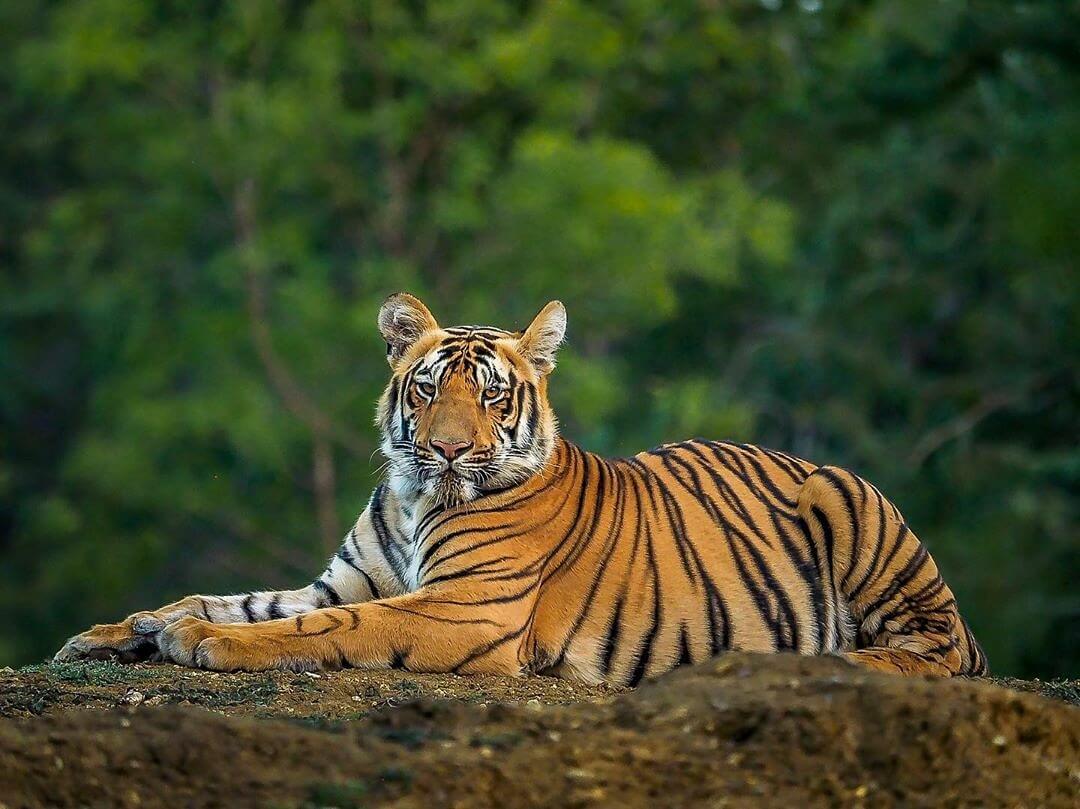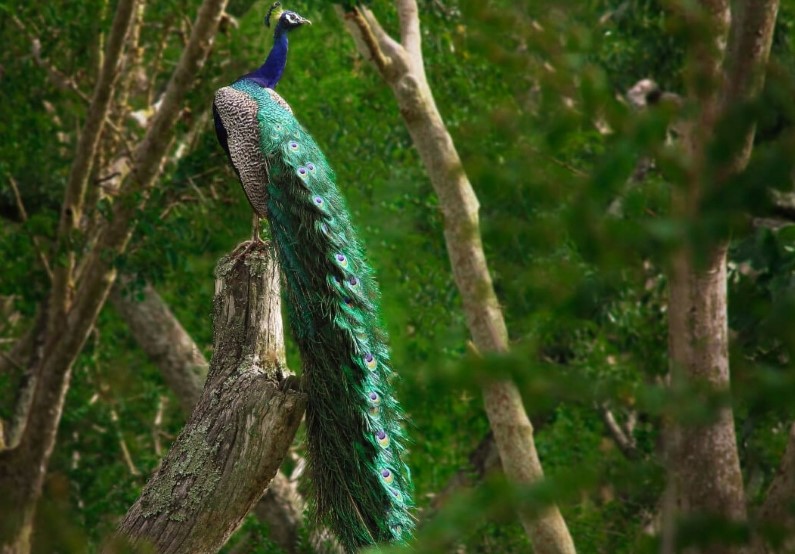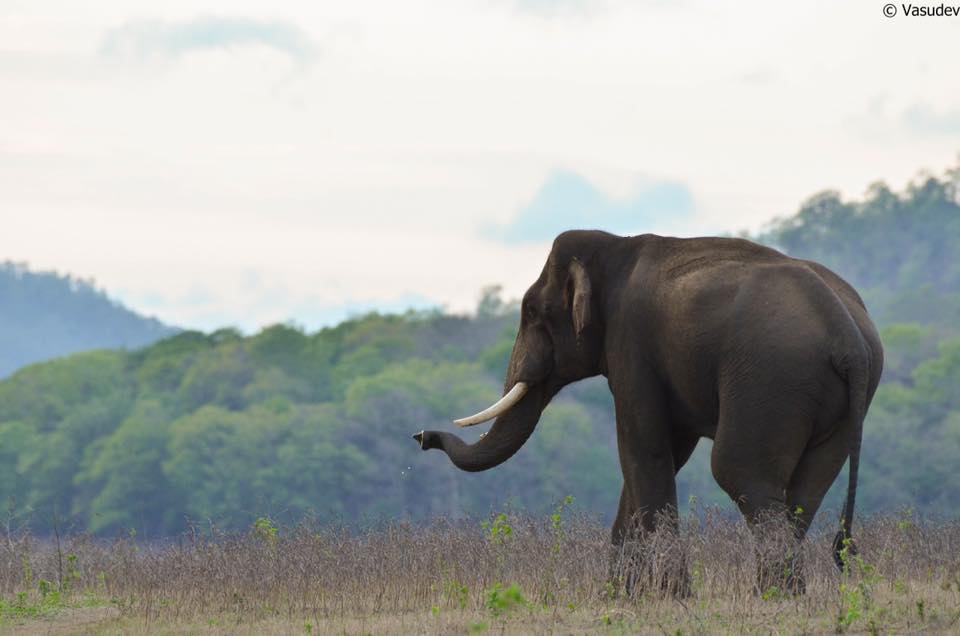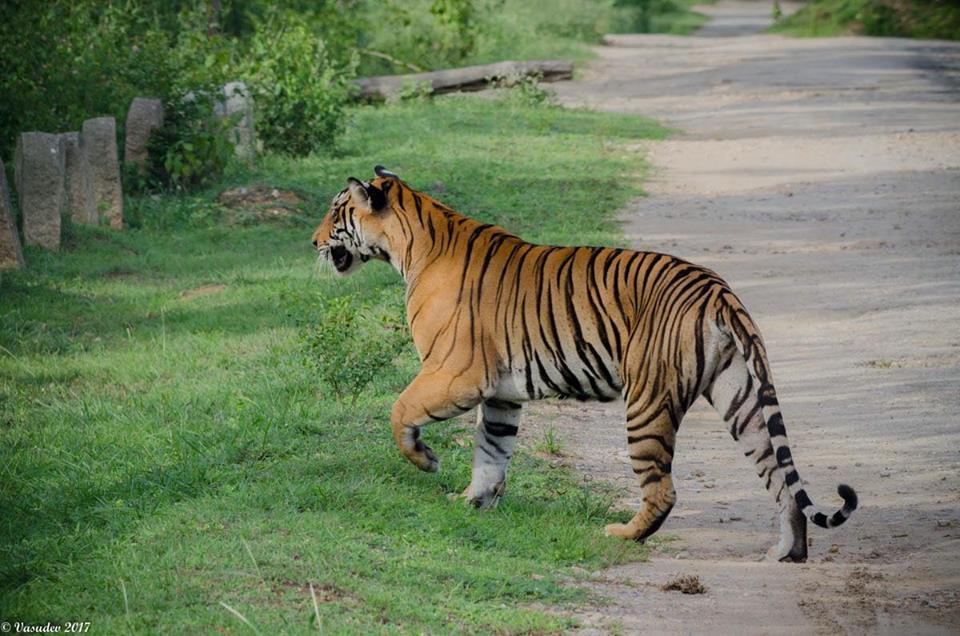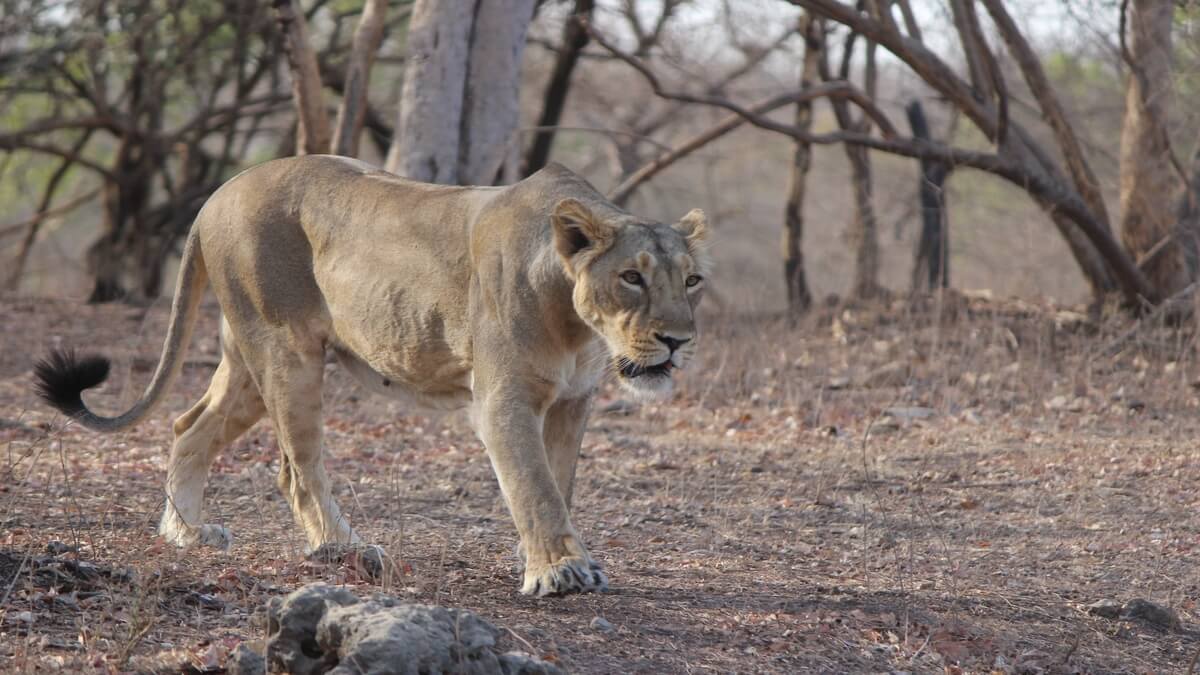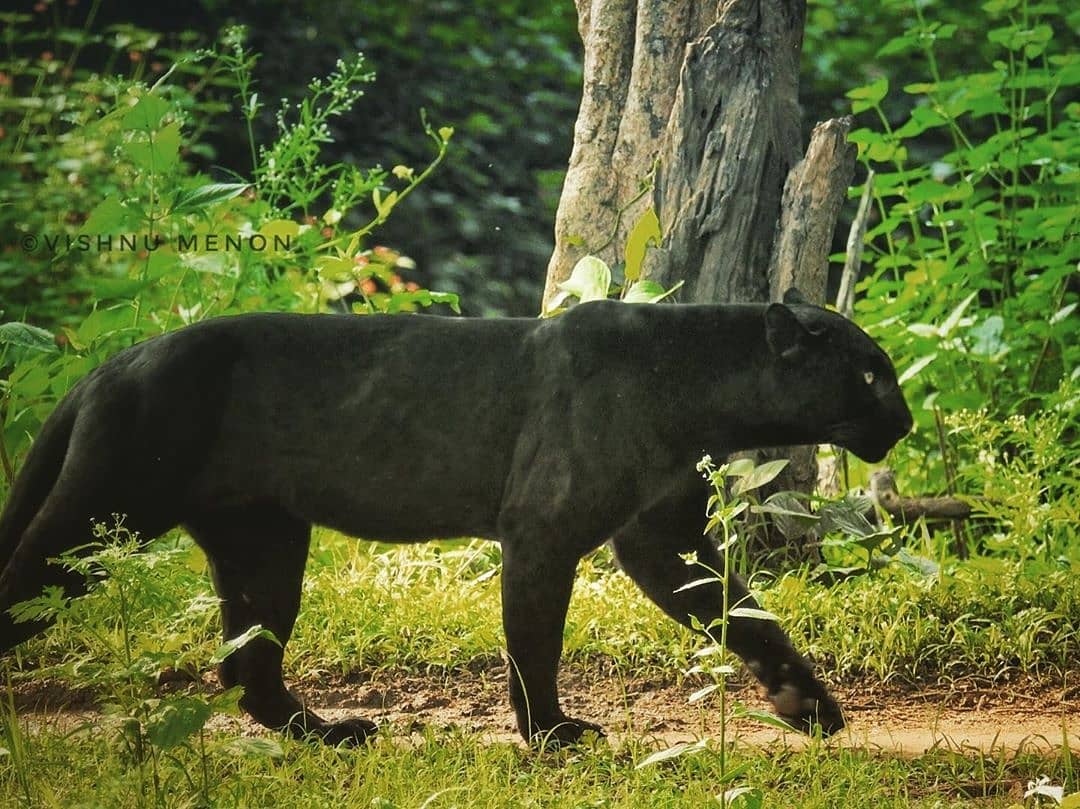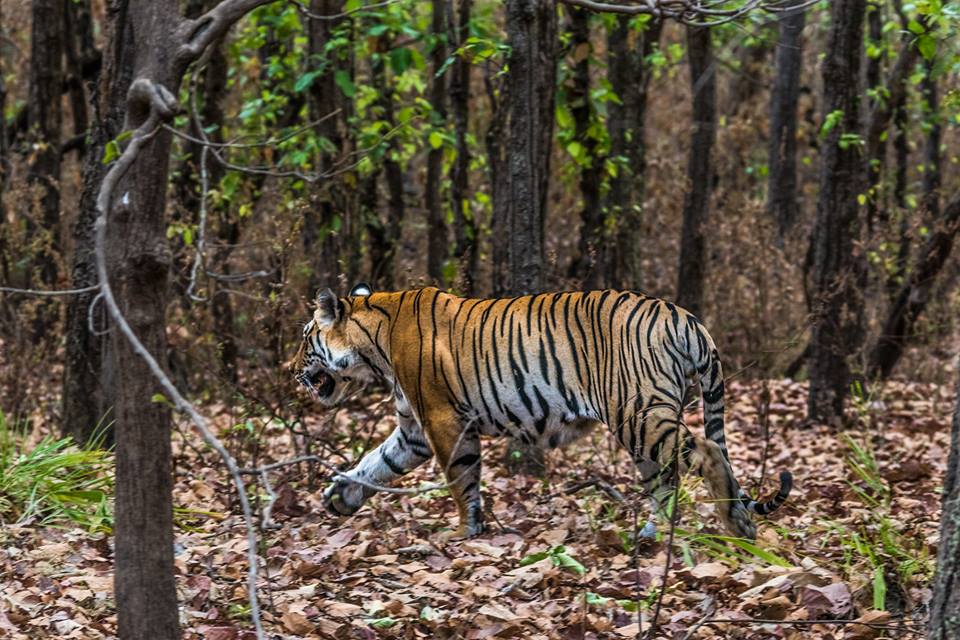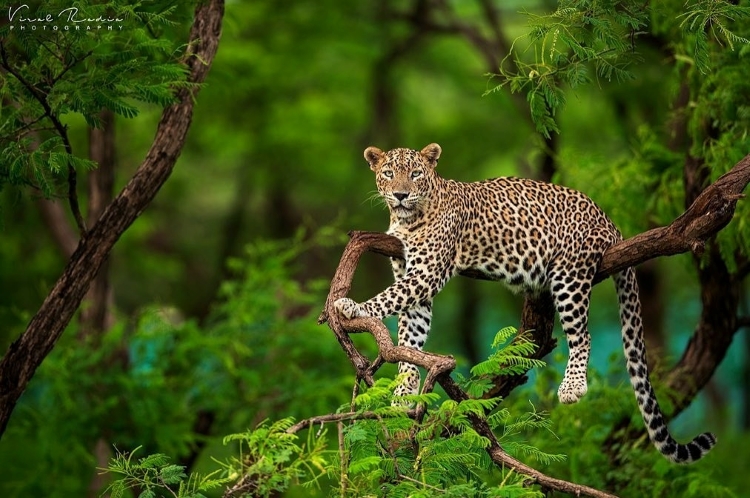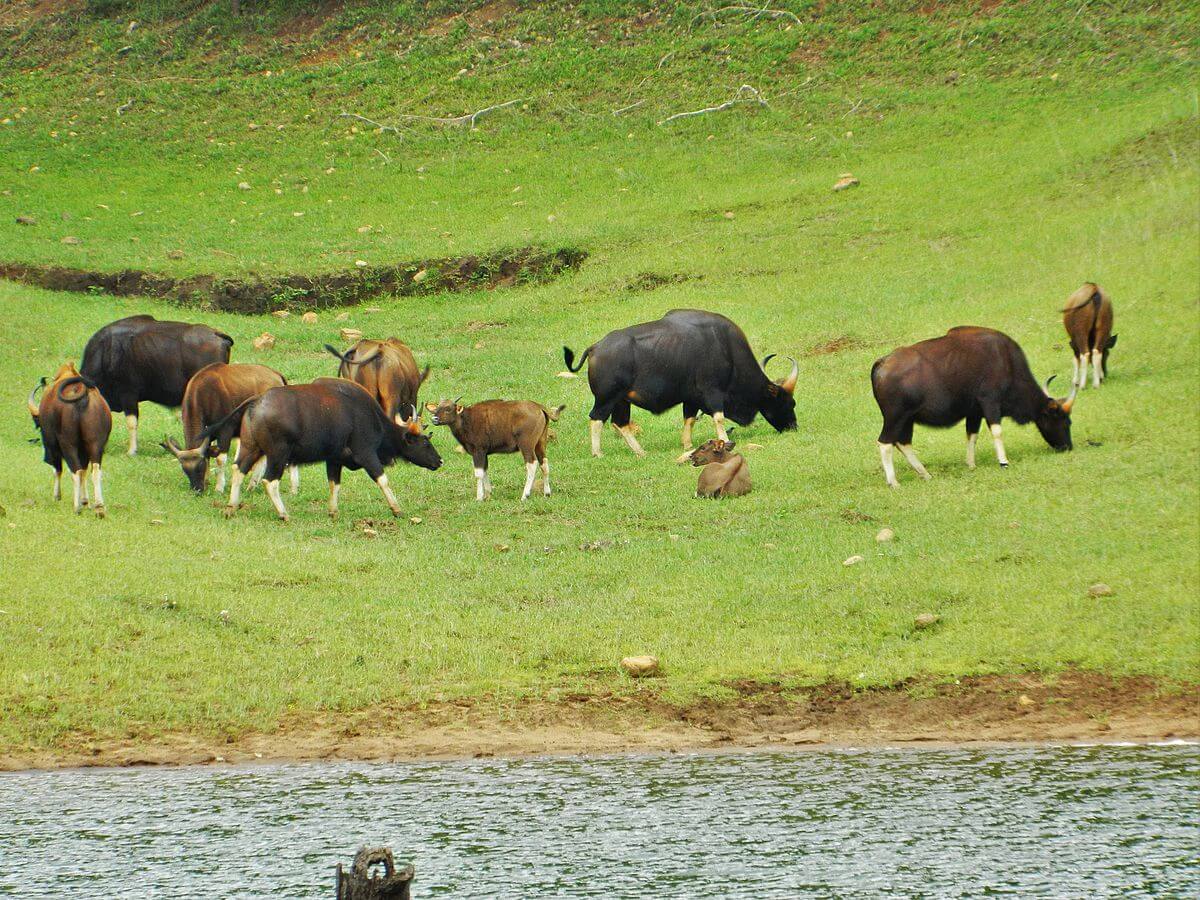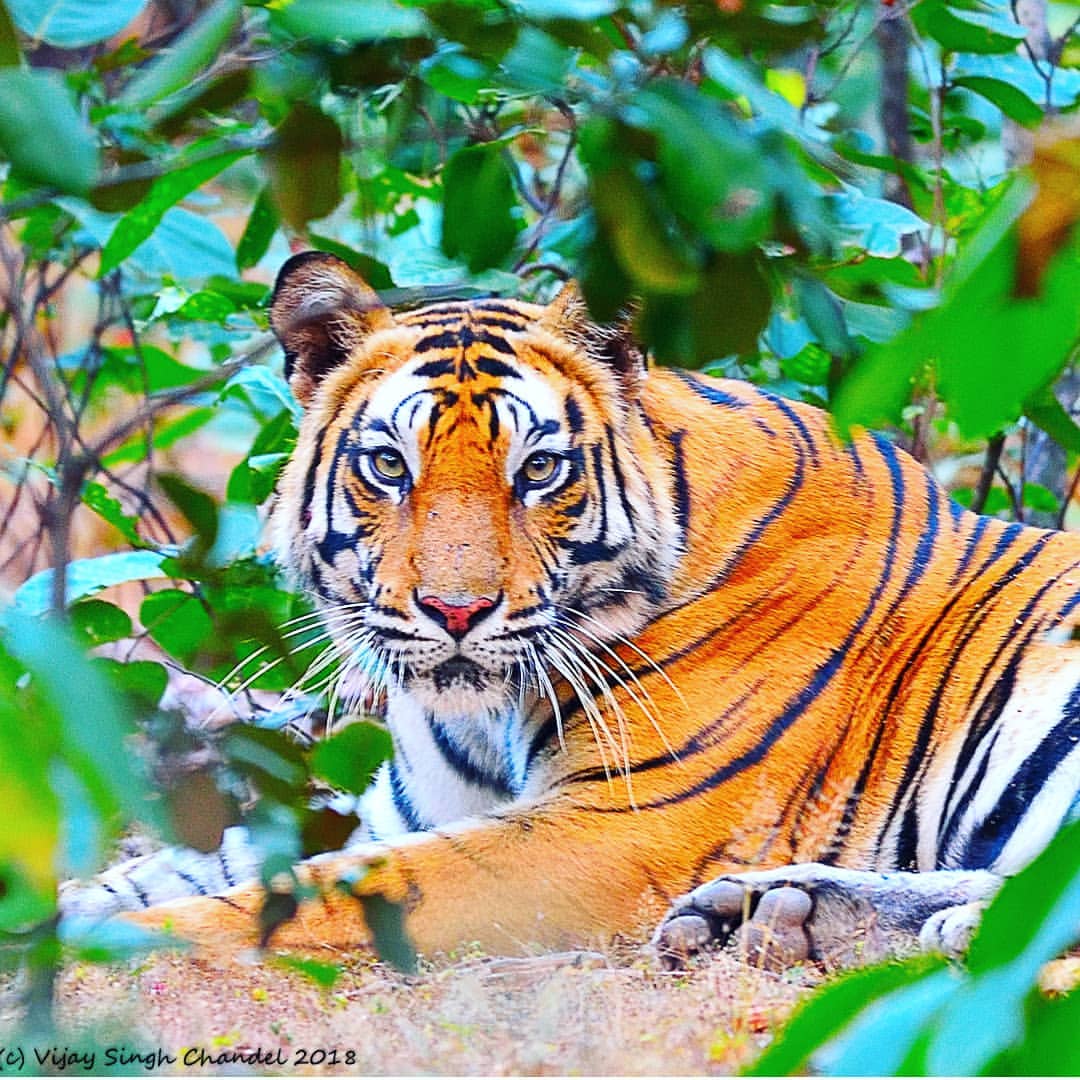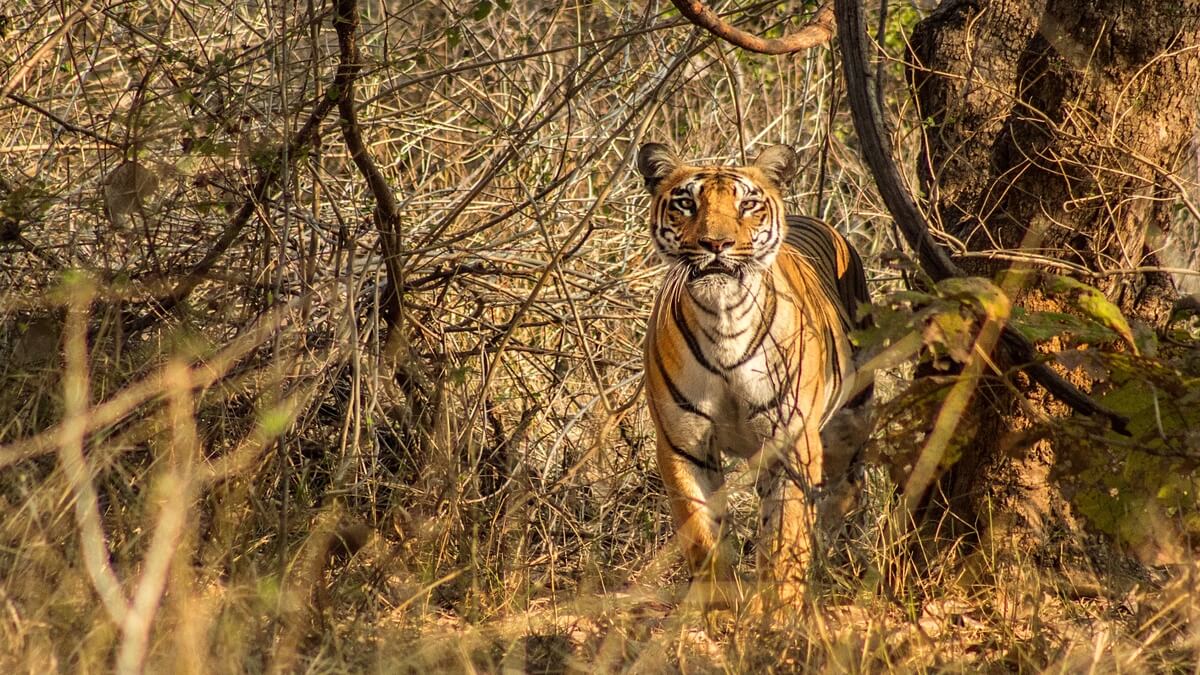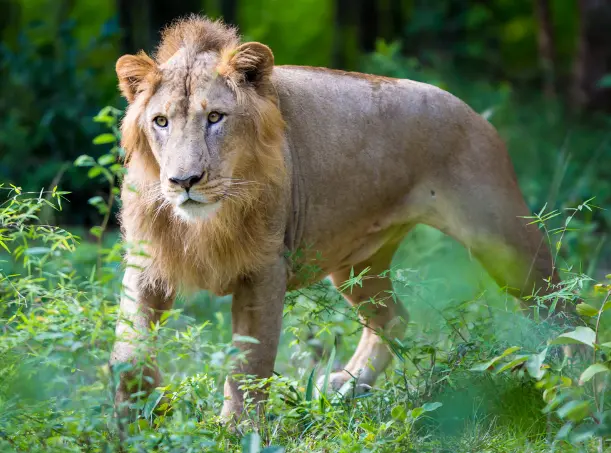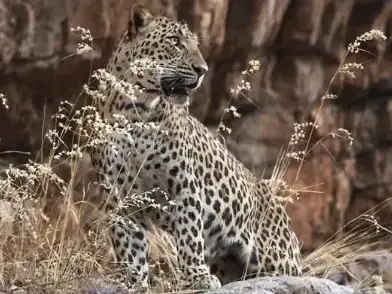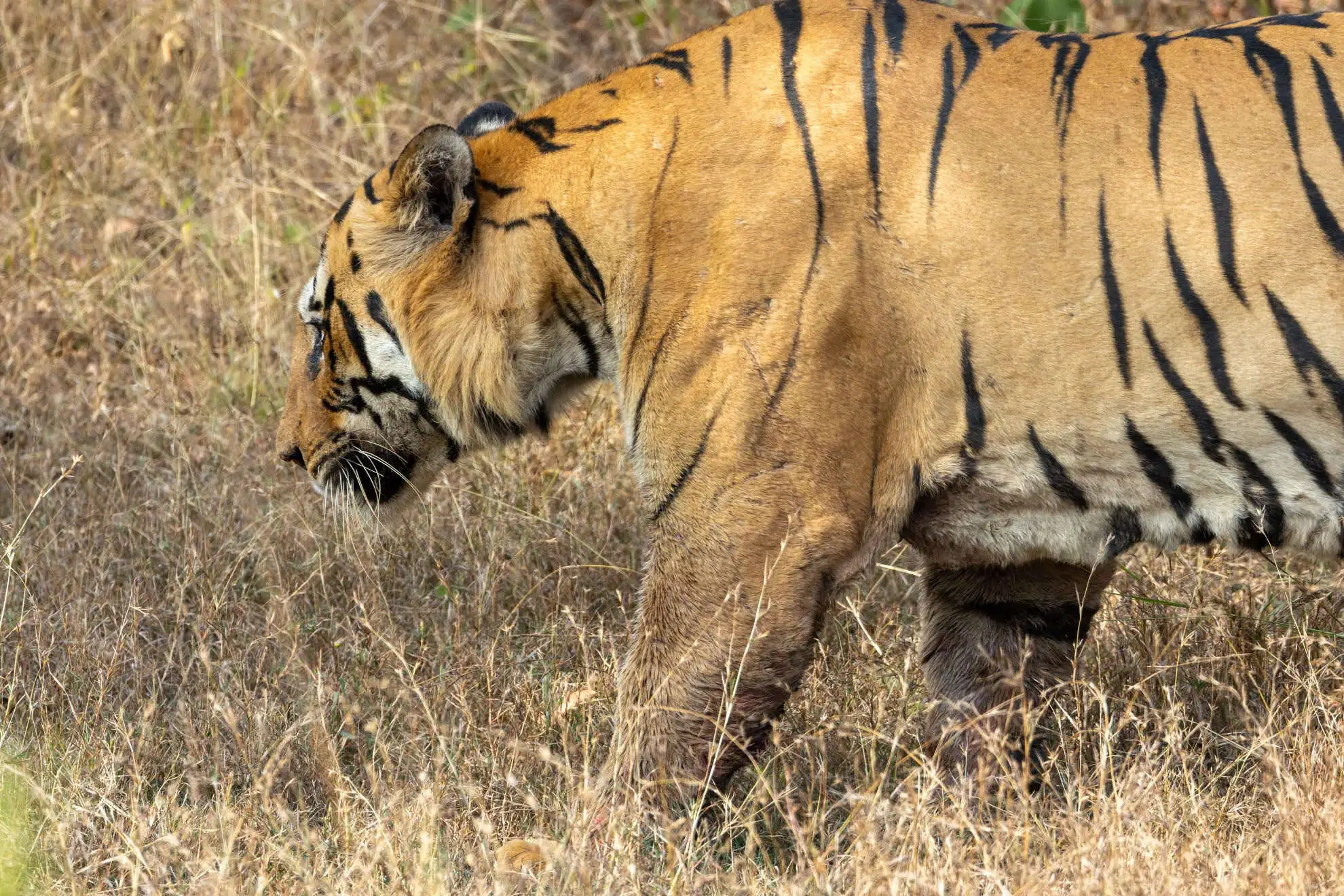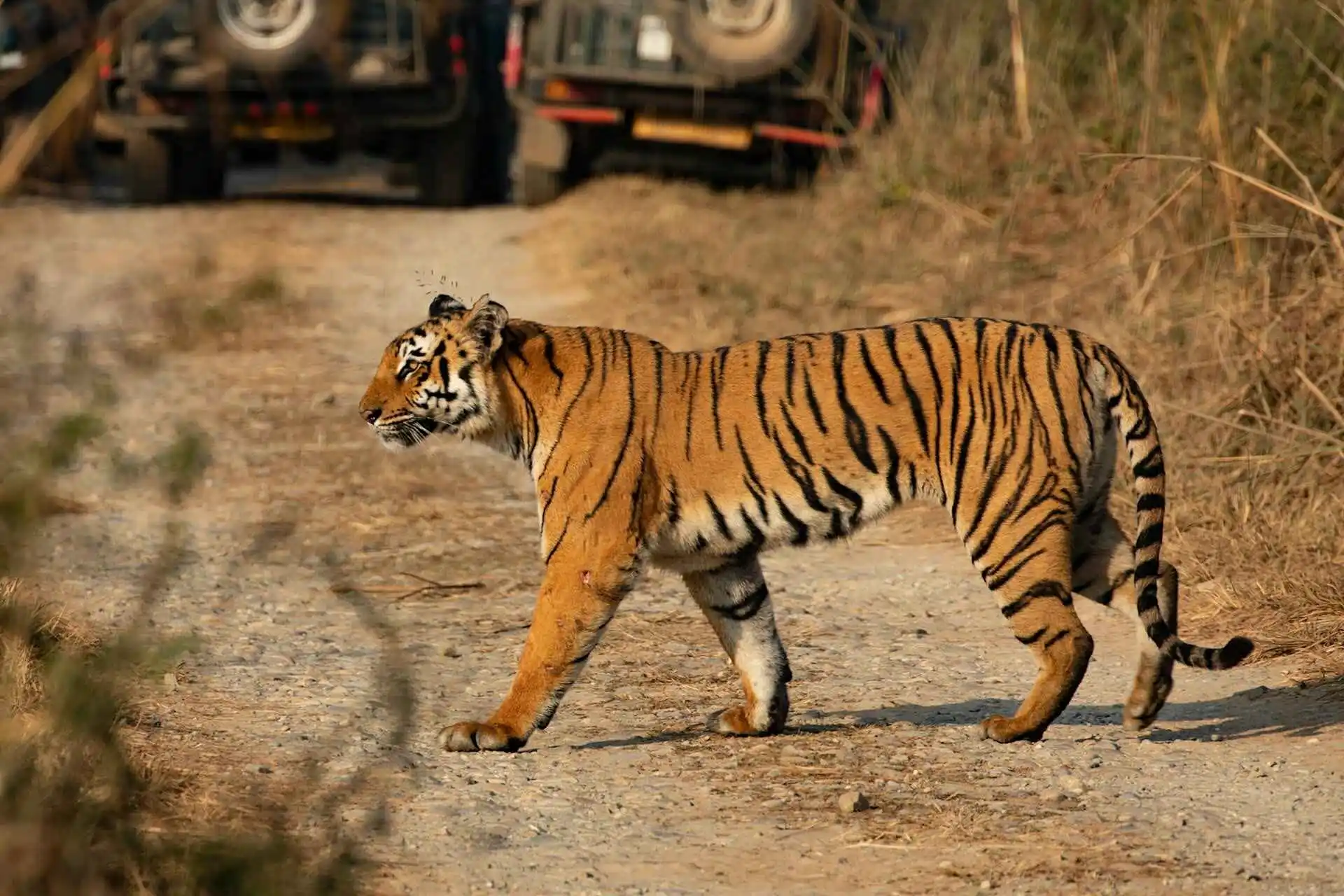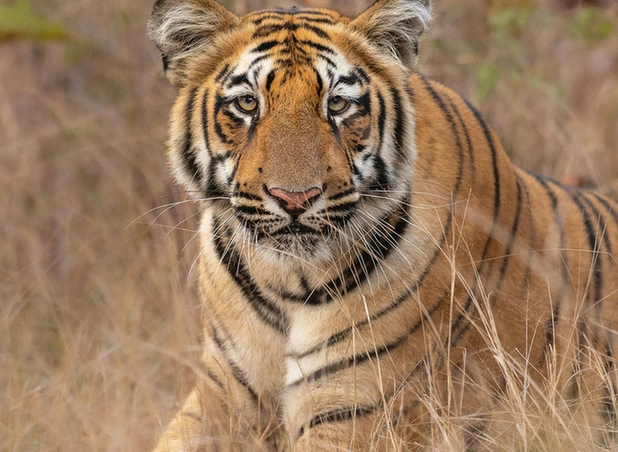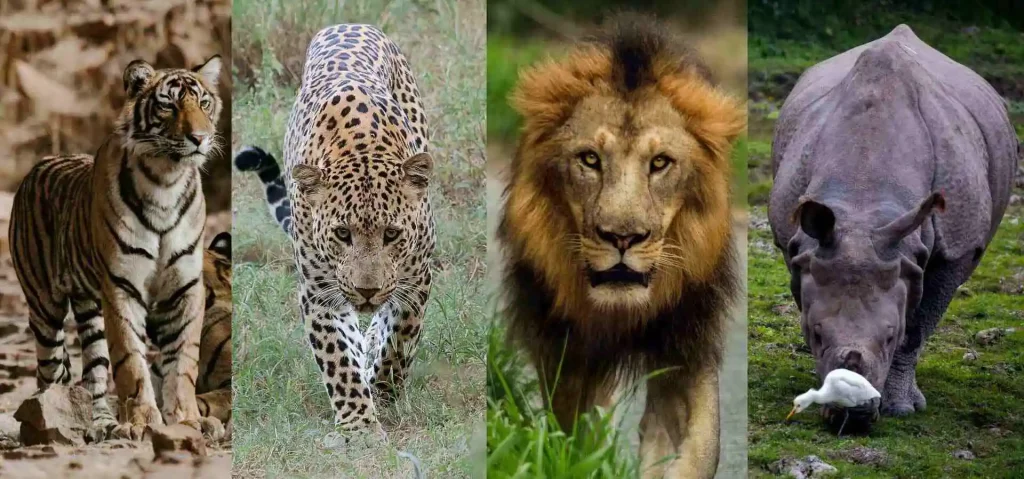A national park or a tiger reserve in India is a paradise of beauty by itself. The melodious songs of the various bird’s species, seeing langur dance around, witnessing the scenic dense forests and lush meadows transports you into a blissful state of mind. But the primary factor why tourists in India and across the globe visit National Parks is to spot tigers.
It goes without saying that tigers are one of the most majestic, gigantic, smart, and charming big cats that all wildlife lovers have their eyes on. Their photogenic appearance, thick luxe coats and royal presence makes them attractive. Even though, you may plan your safari in advance and go with the best tour operators, there are some tips you must keep in mind to increase your chances of tiger sighting.
In this article we will give you the insider tricks of the trade for a successful tiger safari experience. Try your best to follow them all but also remember, tiger spotting hugely depends on luck as well. So do not forget to immerse yourself in the jungle experience and viewing other animals, incase your purpose remains unfulfilled.
Choose the right season
The peak season usually for tiger sightings in India is summer from March till June/July. It is perfect to plan your visit in these months as the hot and humid weather forces tigers to come to the manmade and natural waterholes in the park where you can station your jeep for your lookout.
Therefore, your chances of stealing a glimpse of this mighty cat cooling off beneath the shade of a tree or quenching their thirst are enhanced. The winter season is more cool and pleasant which results in lesser tigers being visible during your tour. The parks may be closed during monsoon due to soil erosion and landslides and tigers spotting is recorded to be the least in this season.
Pugmarks
Tigers prefer to walk on roads or on pugdundees (Jungle Trail). Just like other jungle cats, they too have soft padded paws that enable them to silently tread through the jungles.
To avoid getting injured by thorns on the forest floor, tigers like to walk on open trails. This leaves behind their footprints. Thus, we suggest that guests be in front of the queue during morning tiger safari because naturalists and guides can easily identify and follow fresh tracks of tigers along the jungle roads leading to a tiger sighting.
If you are considering a tiger safari in India, then morning trails would be the most suitable for you as one may get an excellent view of tigers.
Alarm Calls
Even when it walks without making noise there is always something else looking at it. You mostly hear animals rather than spot them because there is thick vegetation in its surroundings. Thus, forest guards are always attentive; they listen carefully to noise from jungles.
Langur monkeys and Deer start alarming once tiger has been seen. These monkeys can be found at tops of trees and watch over happenings in forests. When things seem stagnant in the forest, one should never go without catching the sight of Langurs and deer since chances are high that these wise creatures will spot predators for you.
Different animals use different alarm calls. Alarm calls produced by roosting birds such as peacocks or red jungle fowl alert other animals about this impending danger coming their way. The result is that these alarm calls follow predators enabling people to know where exactly which direction it’s heading into.
One must therefore wait silently at the place after hearing alarm call sound. If you are lucky enough, when King or Queen of the Jungle finally appears before your eyes you have now got chance of beholding their majestic beauty for yourself or capturing them candidly on film.
Tracks and signs
Different methods are employed by tigers to drive away intruders as they are highly territorial. Usually, a male requires an average territory size of 100 square kilometers while the female needs between 15 and 20 Sq kms.
They can be seen spraying urine on trees and scratching the tree with their claws to mark their territories. Also, in the middle or side of pathway they will defecate and then scratch the ground so that other rival tigers can see its scat. All these signs help for tracking the tiger.
In order to locate scat, naturalists and park guides usually search for it or spray marking on the tree. It is simple to know if it has passed few minutes ago if it’s fresh and wet; otherwise, some experts may touch it on wet patches in trees.
Equip yourself for this hunt
Make sure that you are well prepared for every possibility as a passionate lover of tigers. You will need suitable clothing to wear, which should be comfortable and dull colored so that it blends with the surroundings. Have on the appropriate shoes in order not to fall in dangerous areas where you can also run without stumbling. Telephoto lens is also an option if you love wildlife photography; get one with 30mm or more as it allows scanning of areas and capturing hidden cats.
Buy a fine set of binoculars with an 8x zoom or greater so as to see distant tigers and watch their activities closely. Lastly, one must be attentive observer who will follow the guide’s instructions since they are better in watching tiger actions and displaying subtle signs.
Remain silent to not spook away the tigers and avoid drastic movements. Bear in mind that by trusting your guide’s instincts and implementing these tricks, you are enhancing your tiger spotting chances but ultimately it is luck that will give you a memory of a lifetime.




